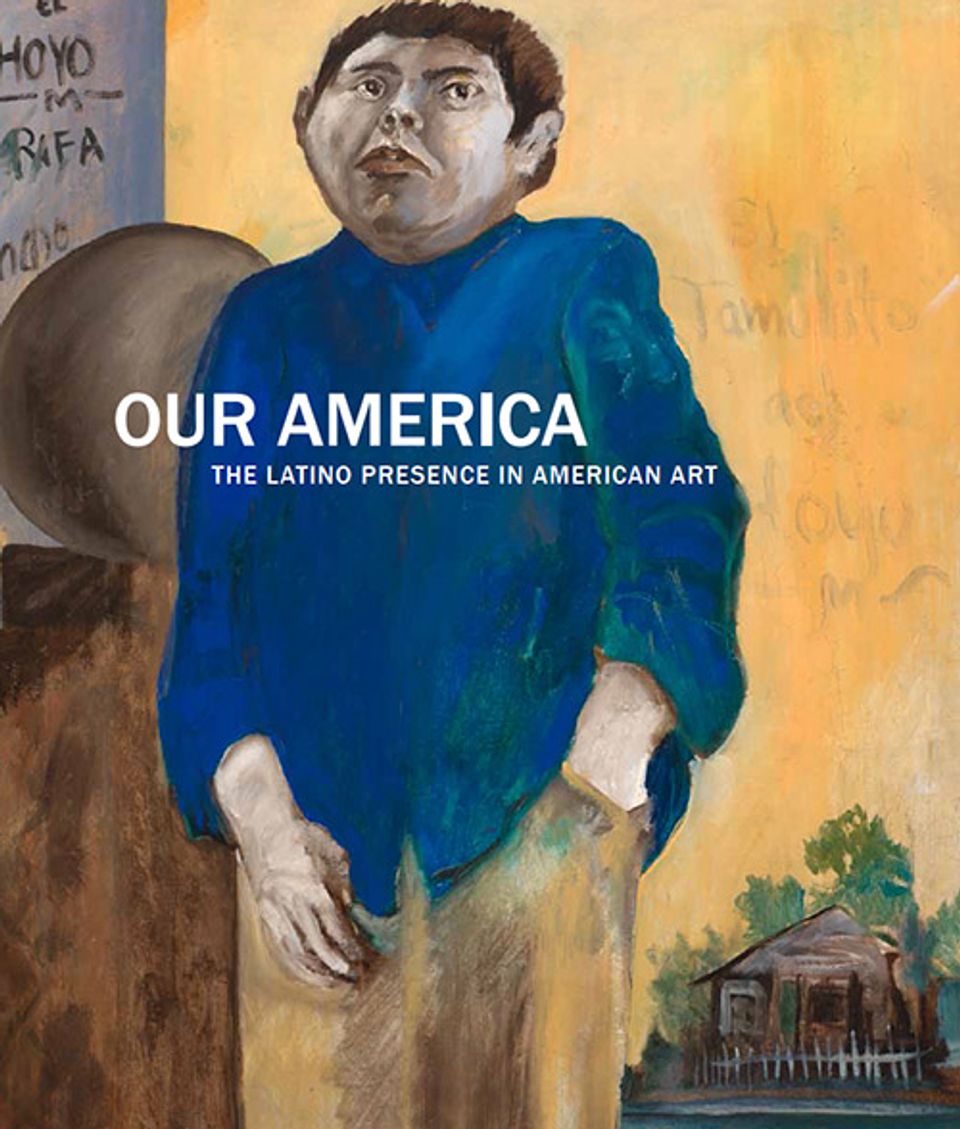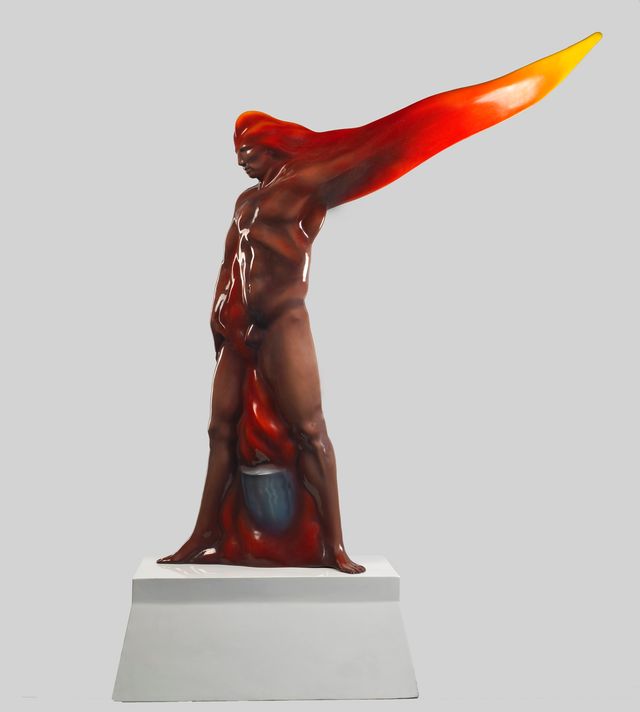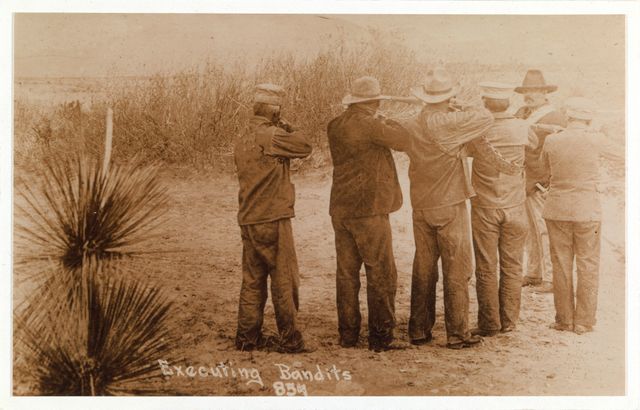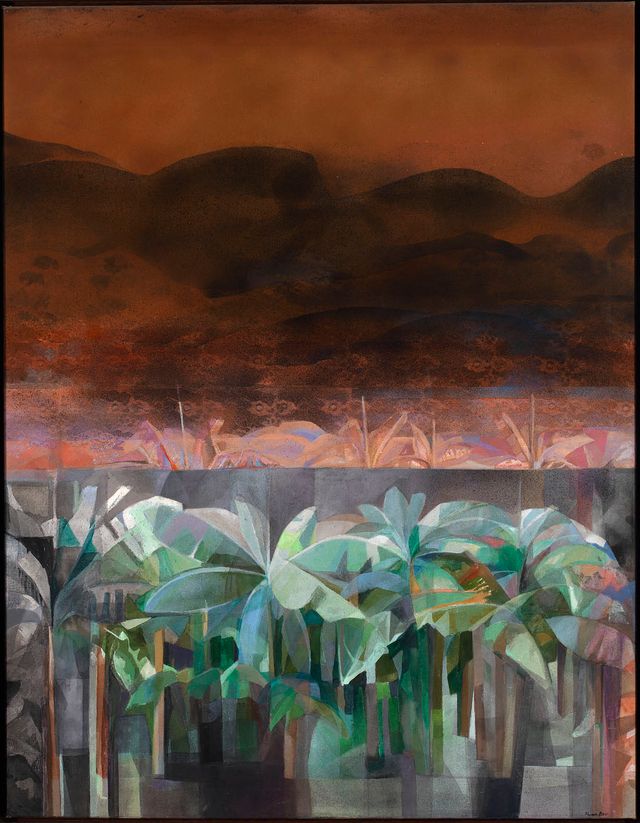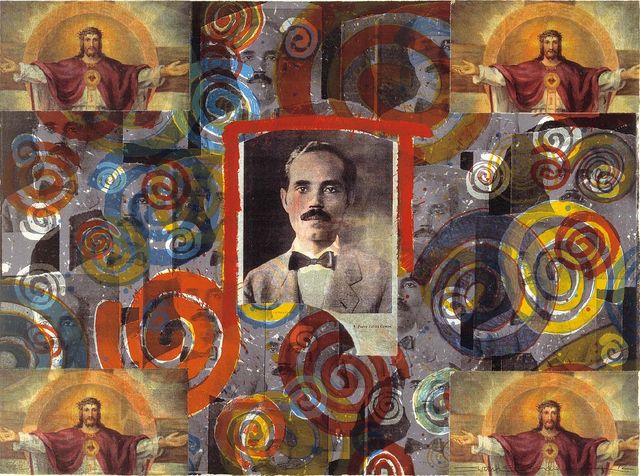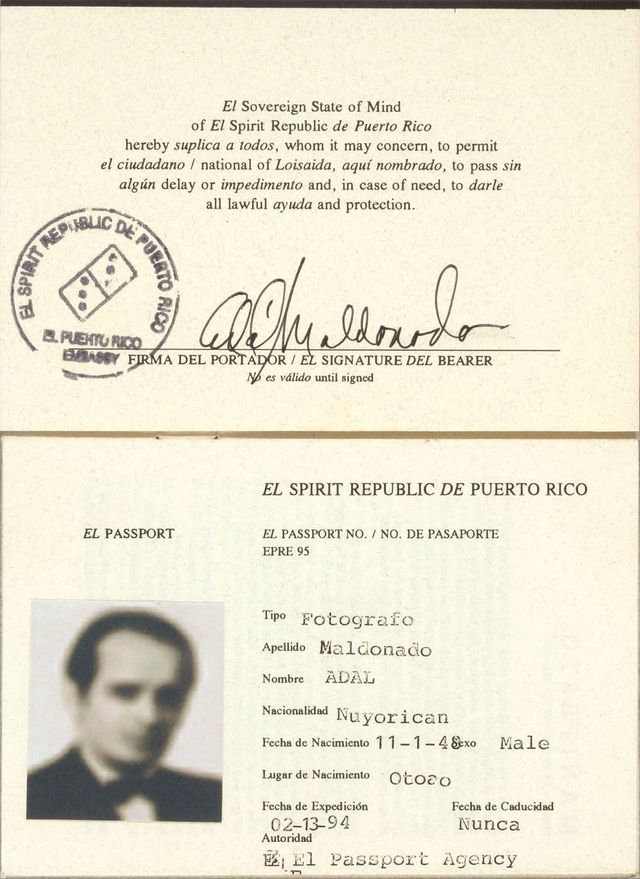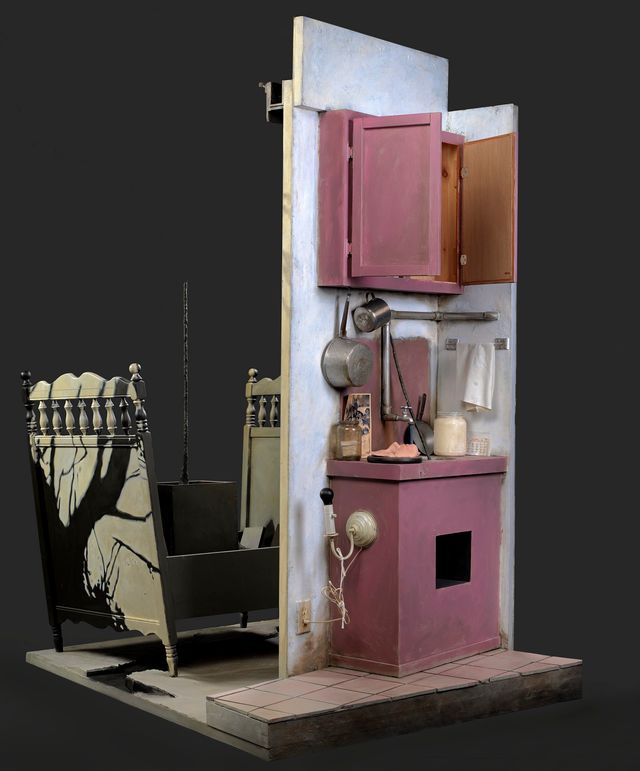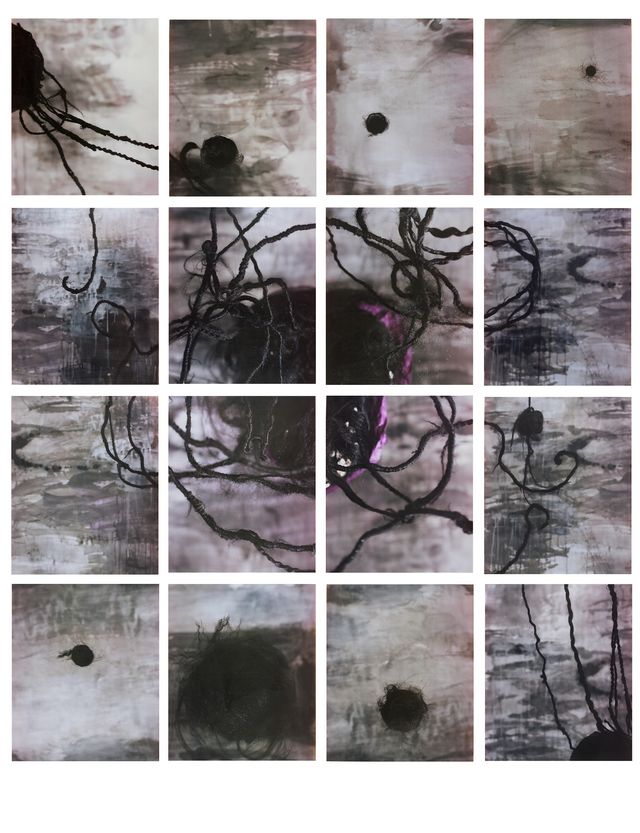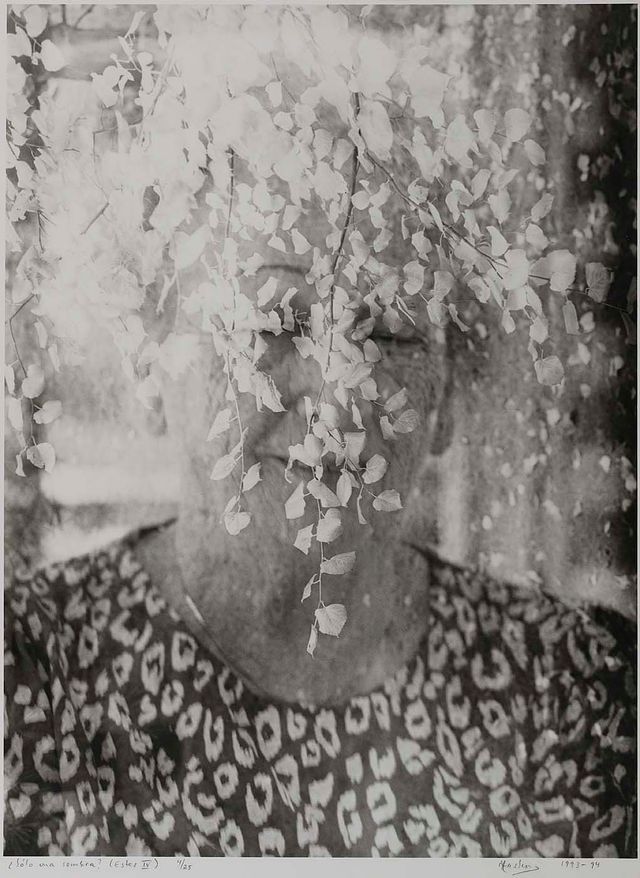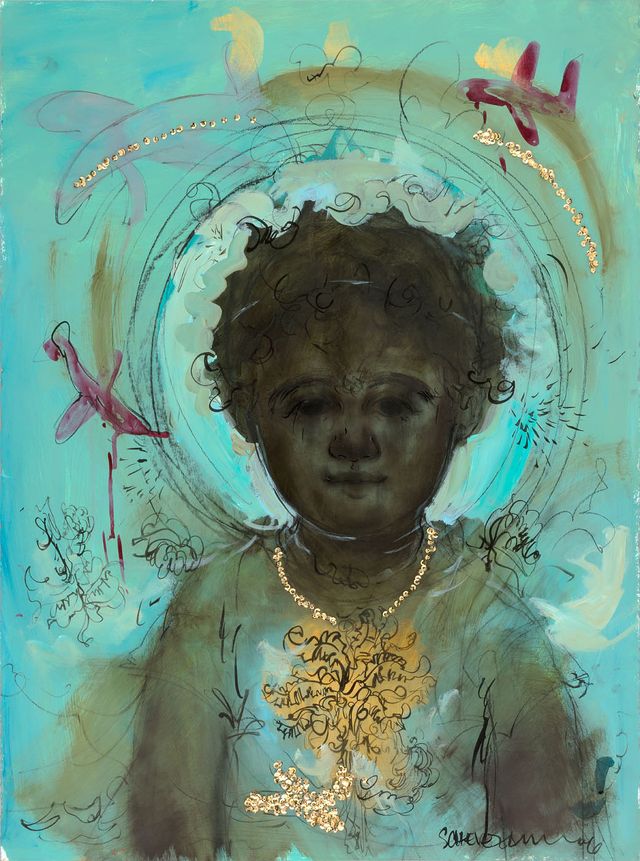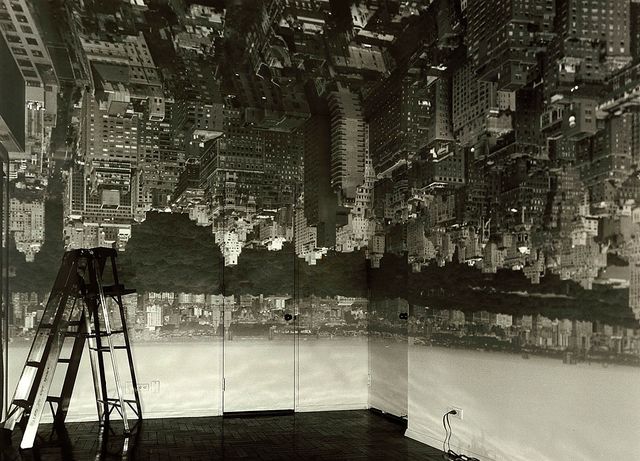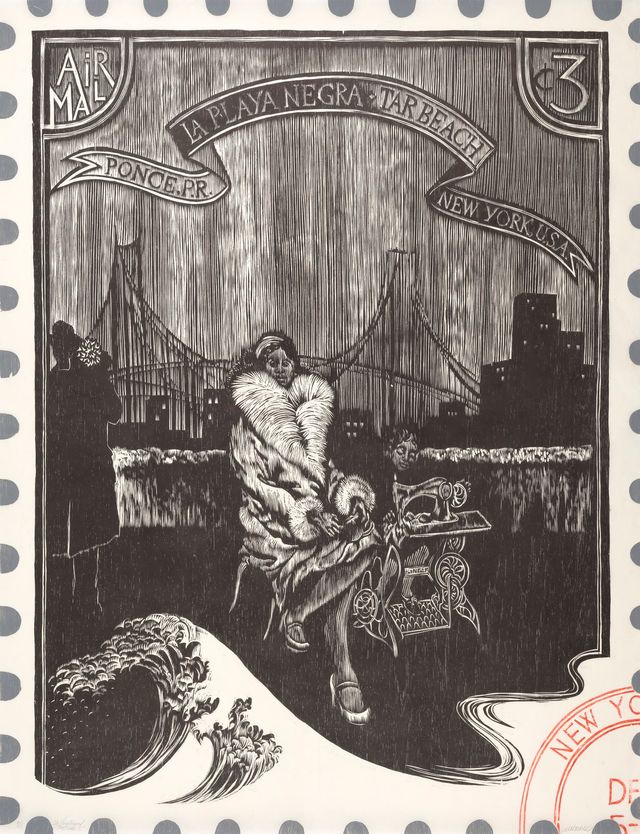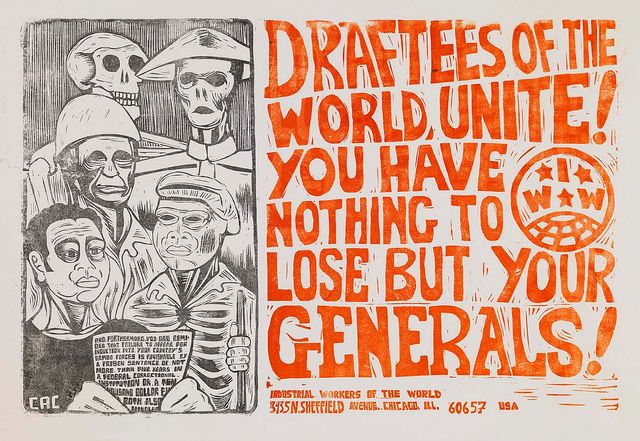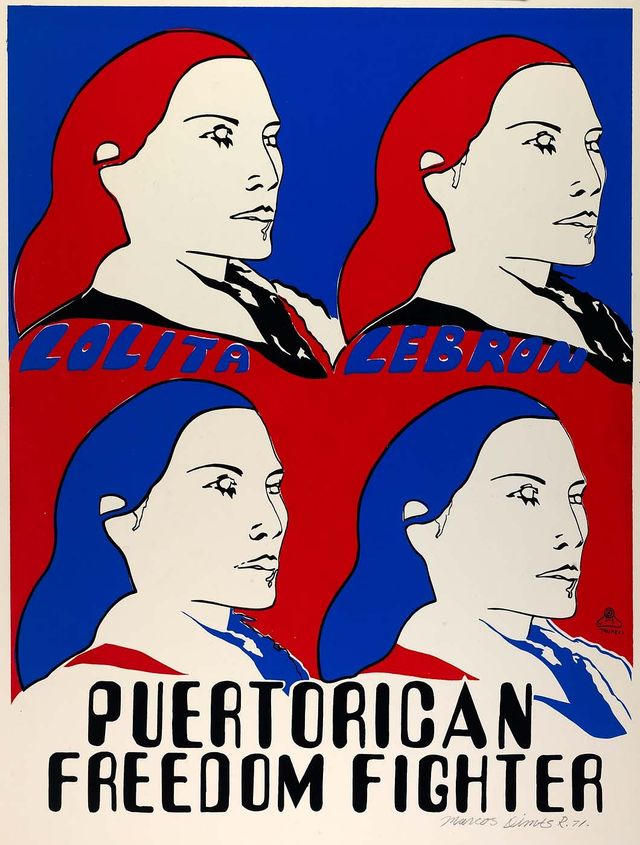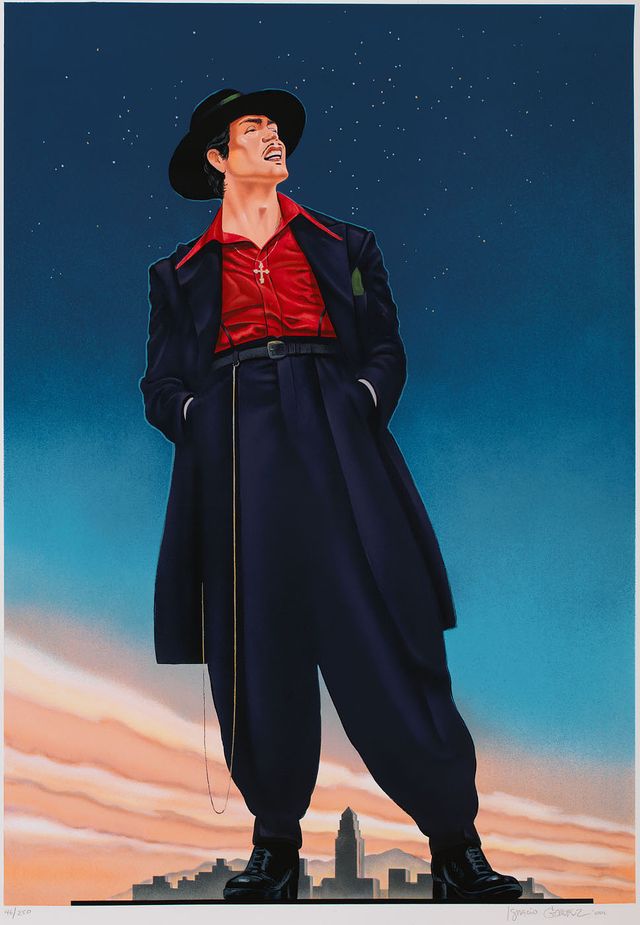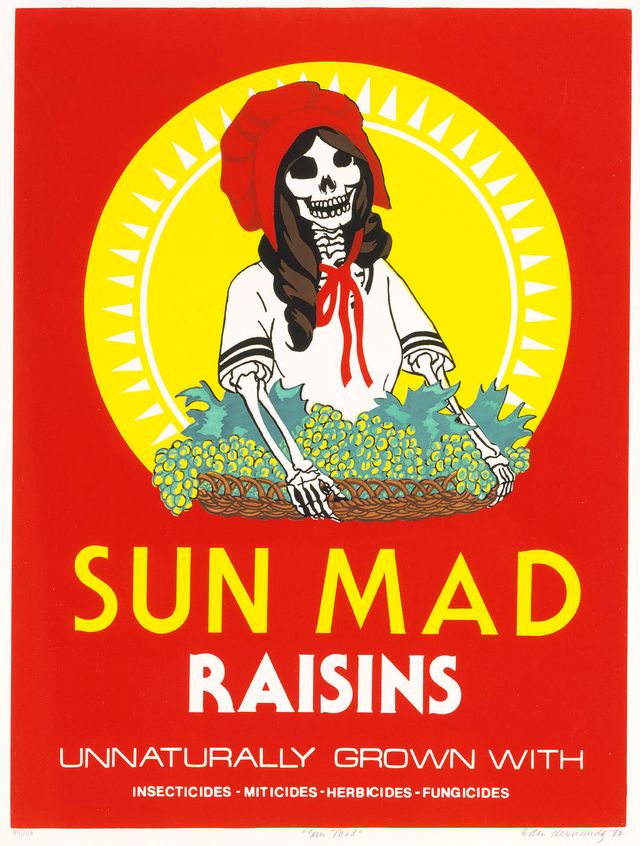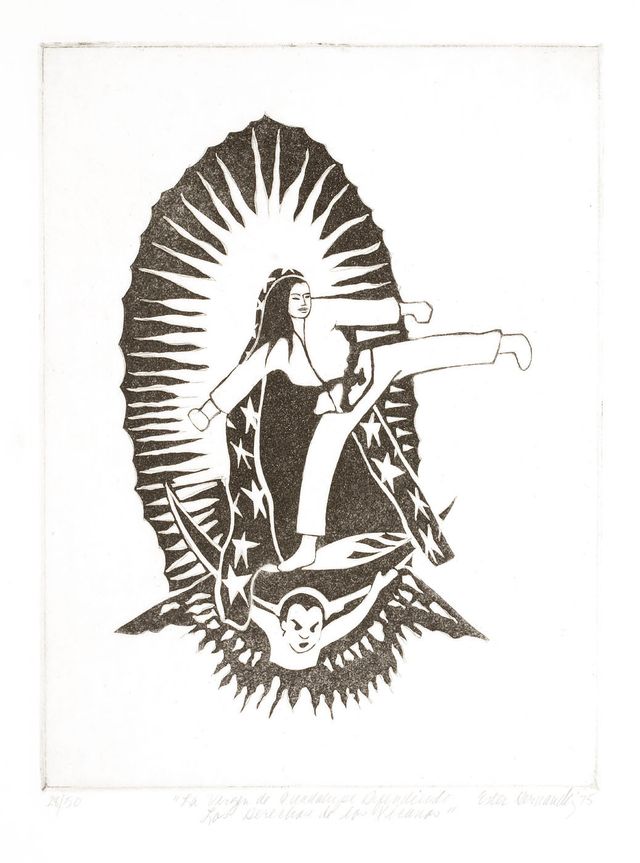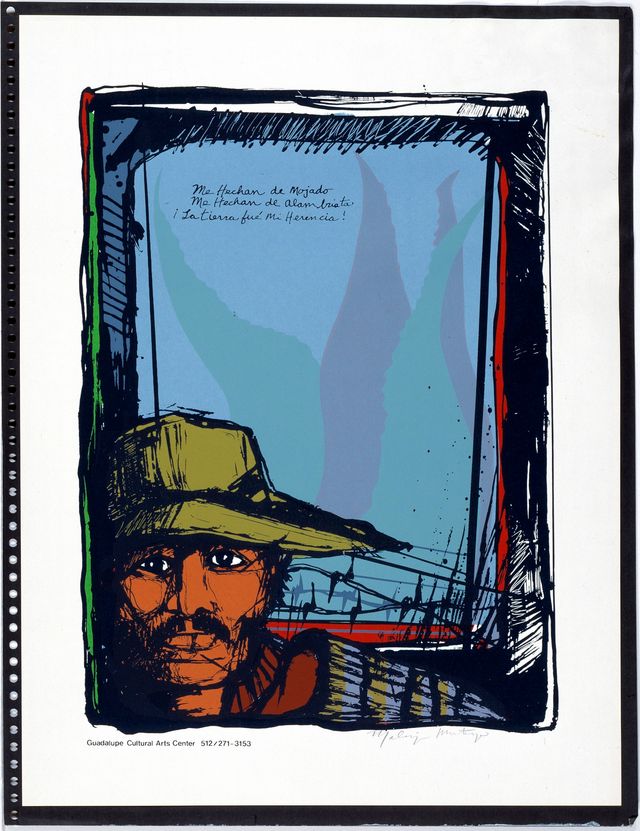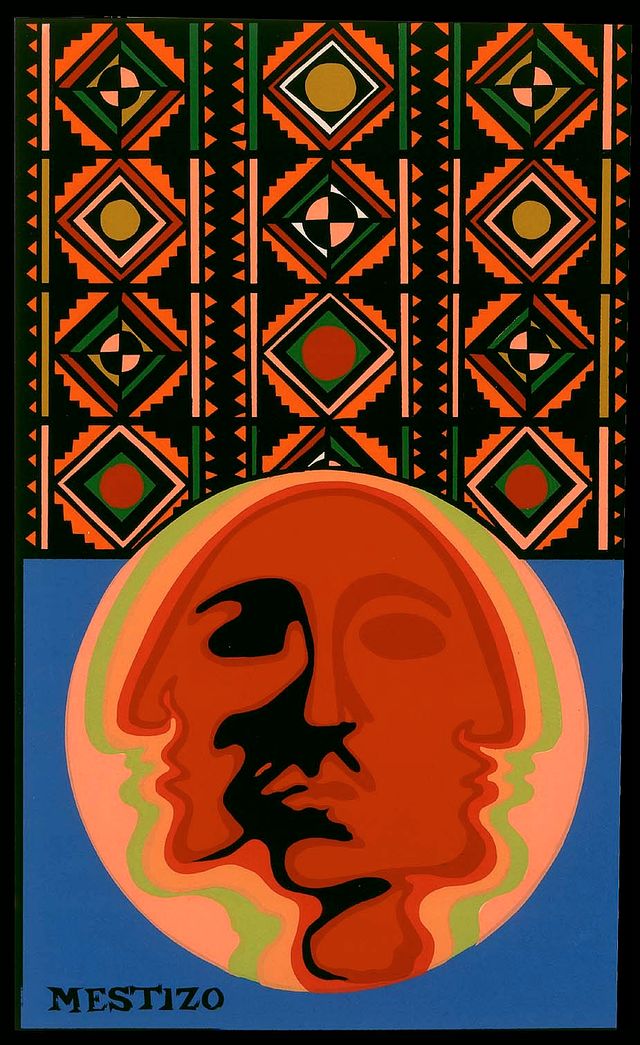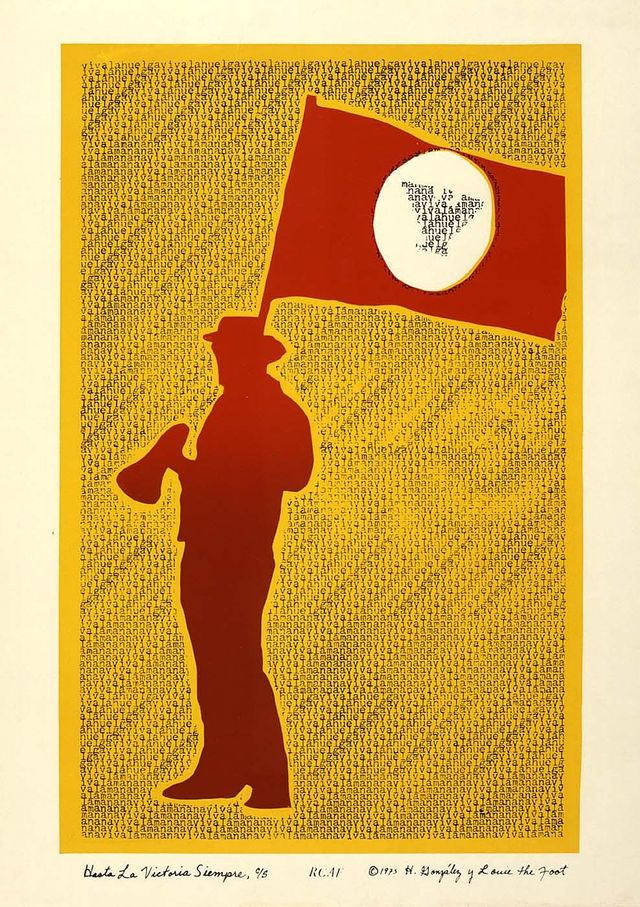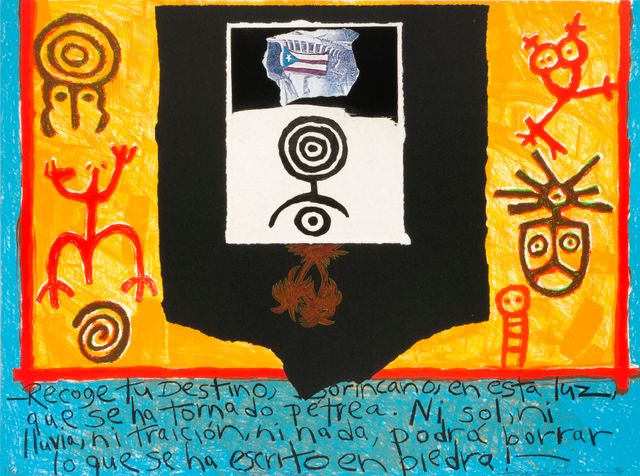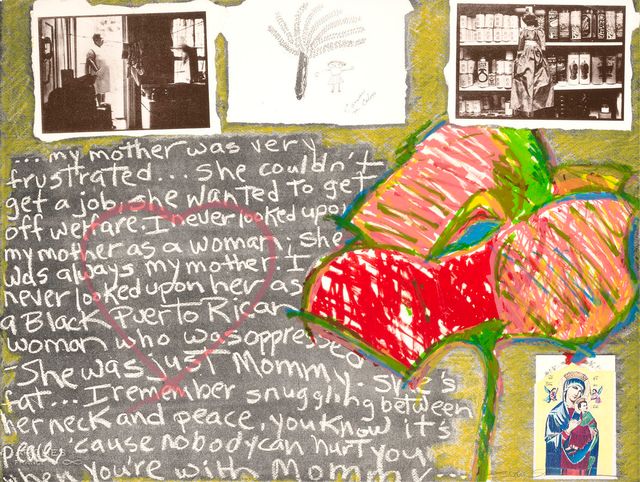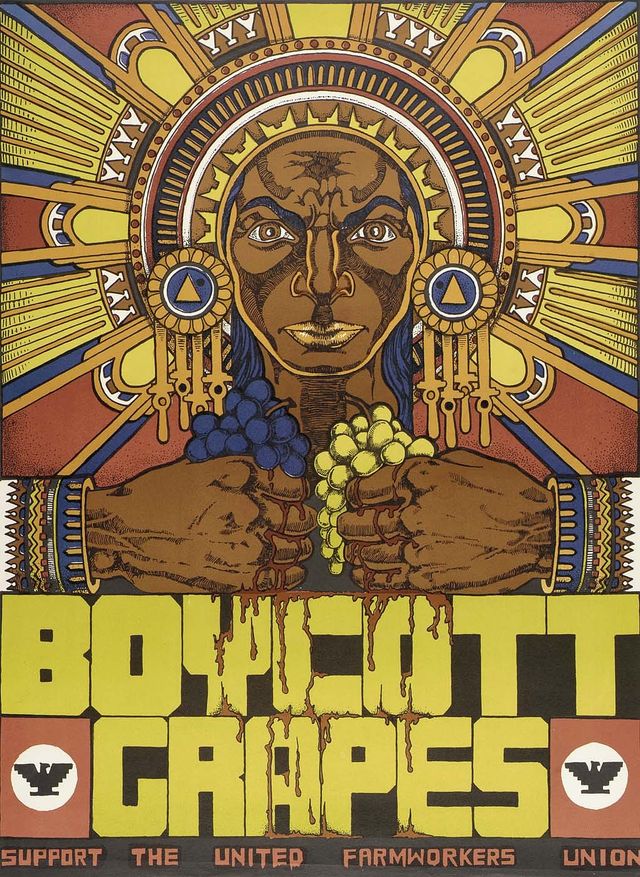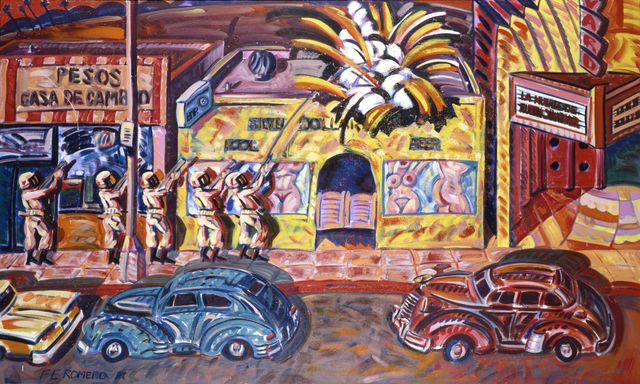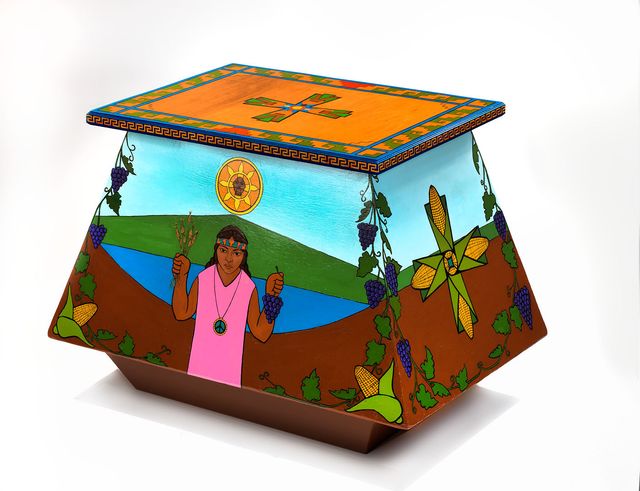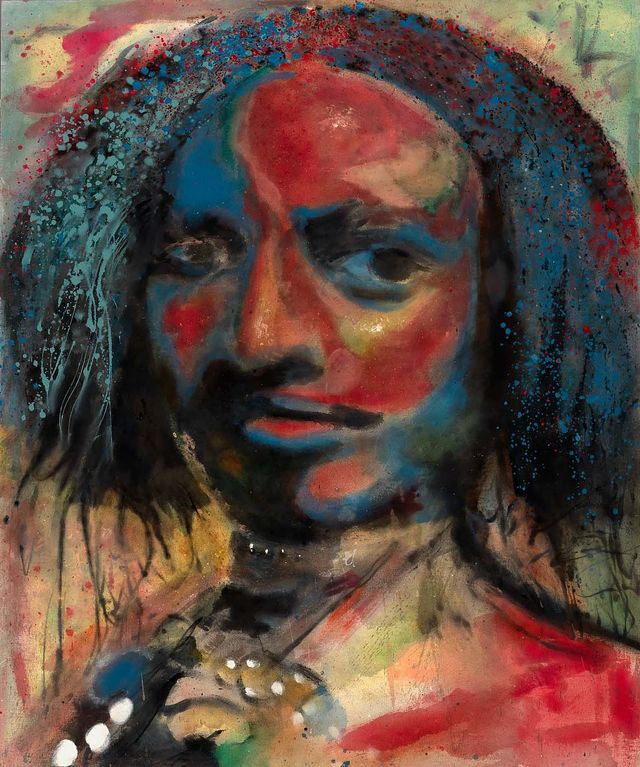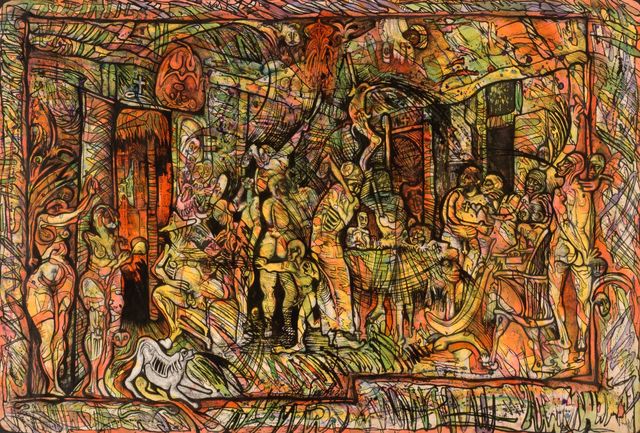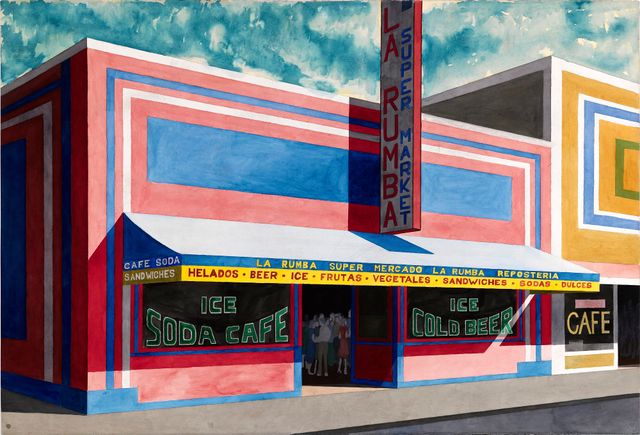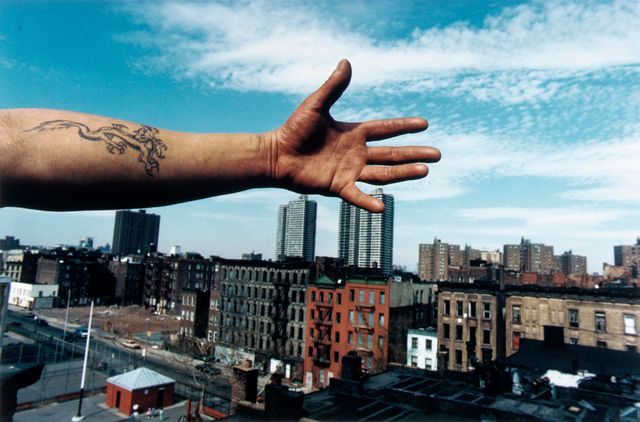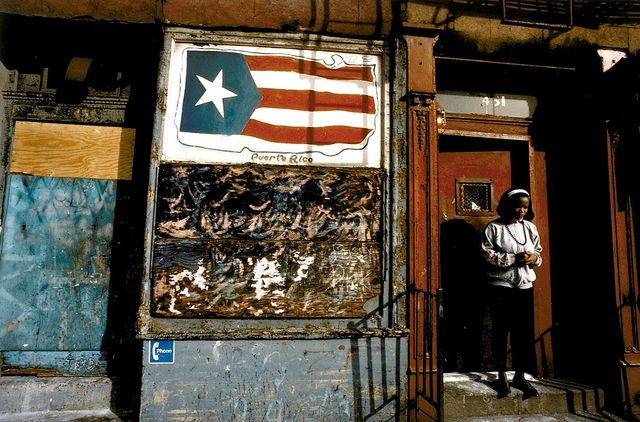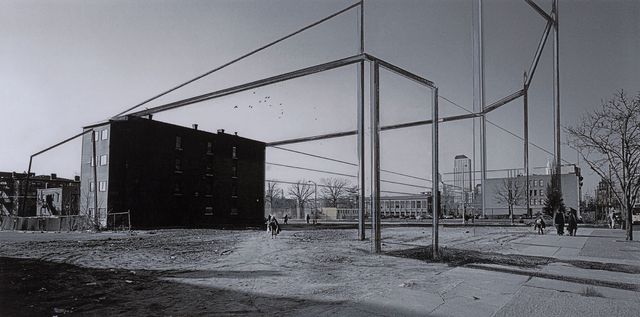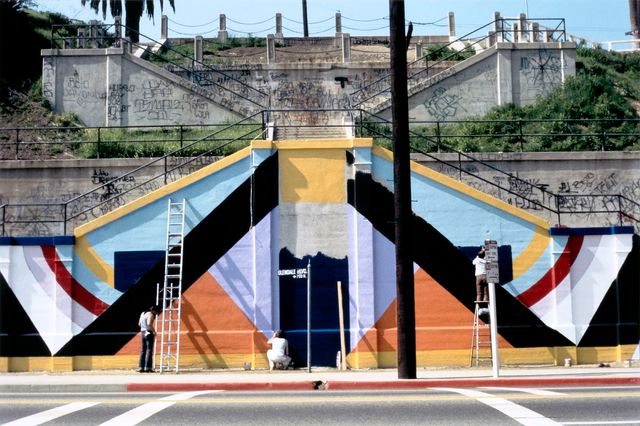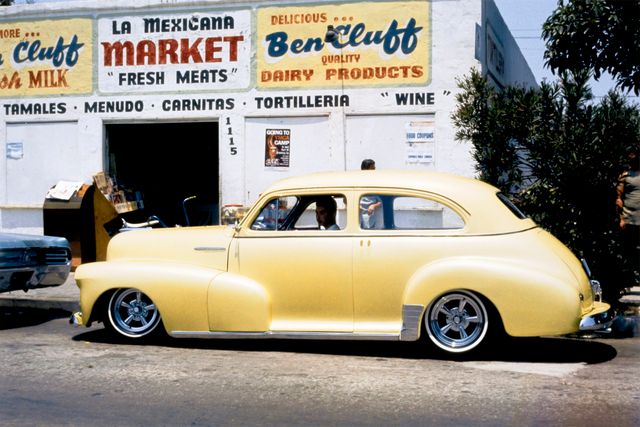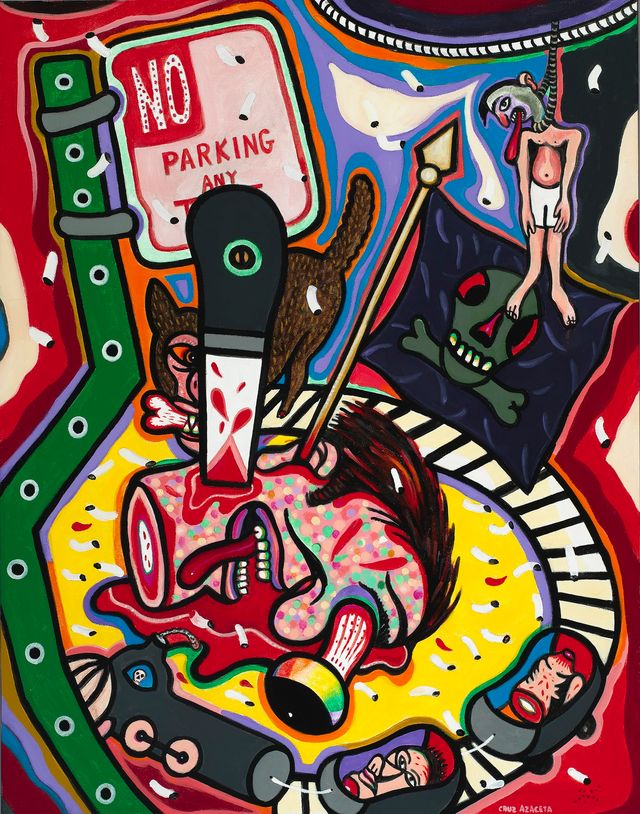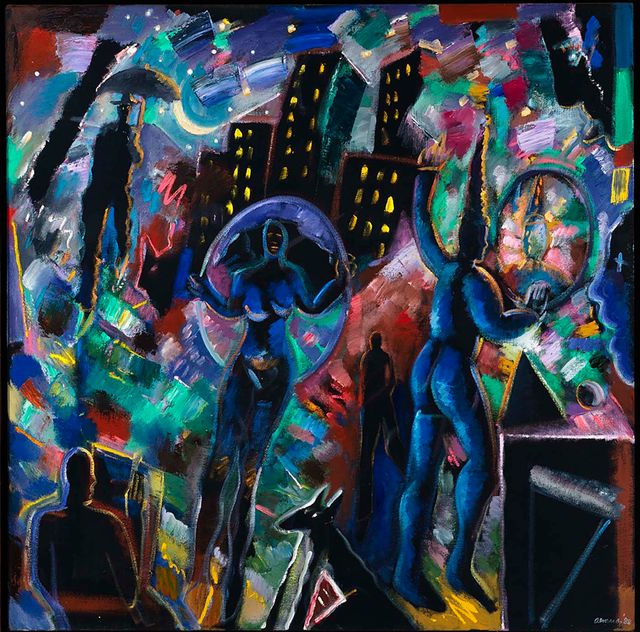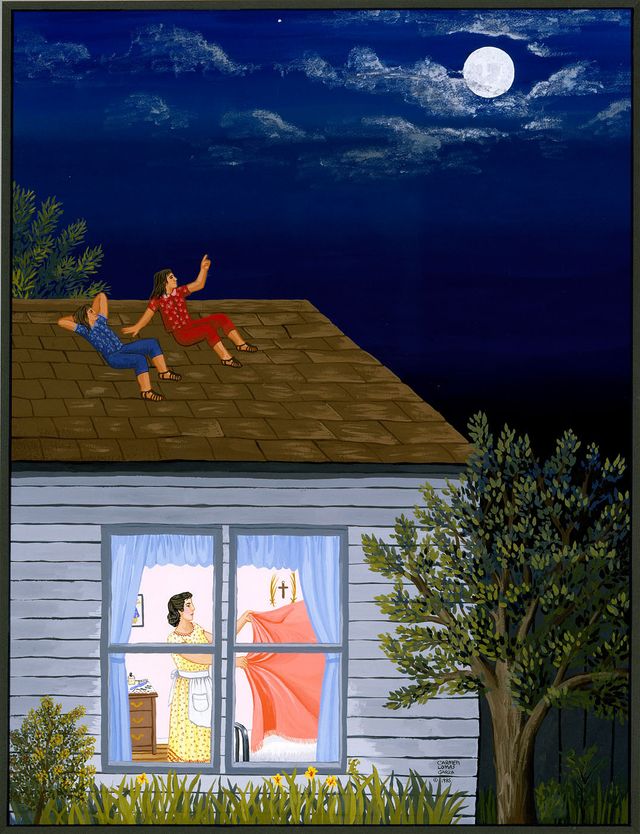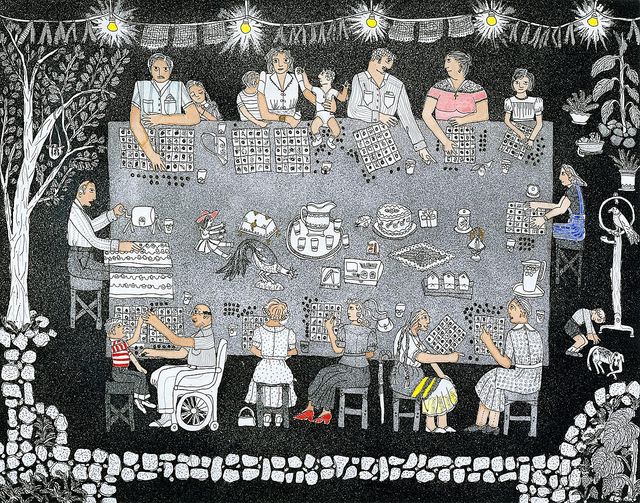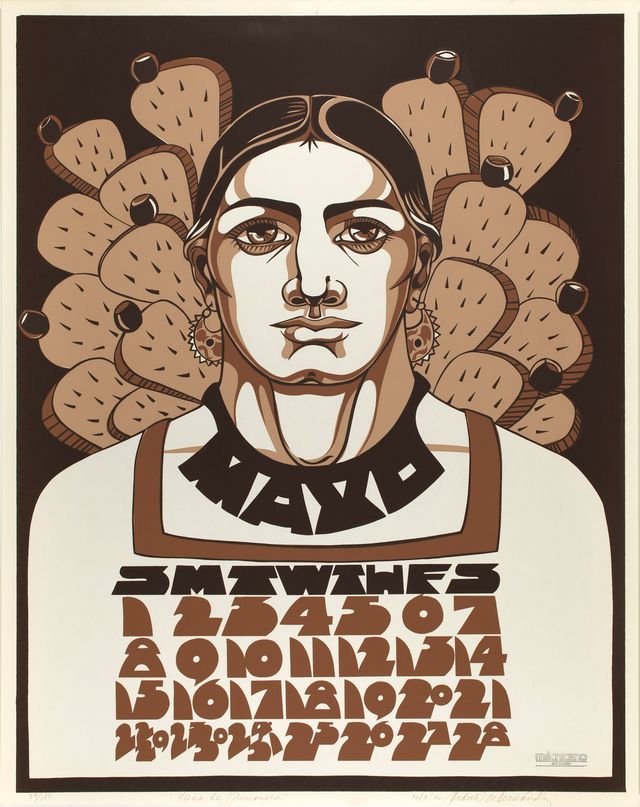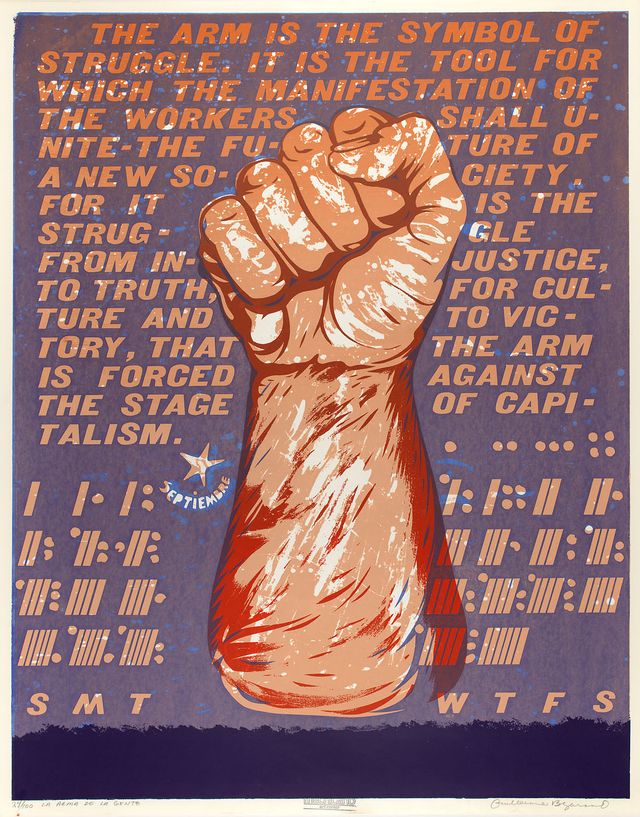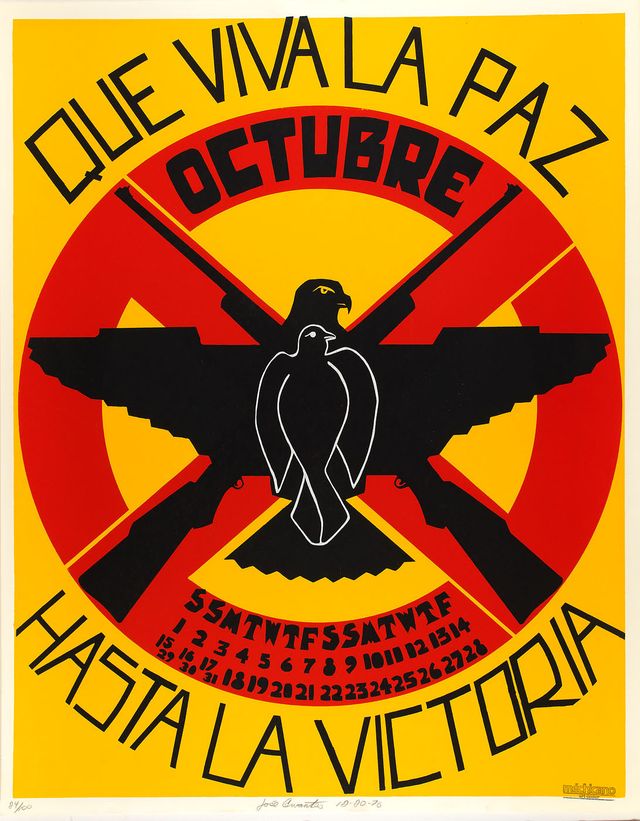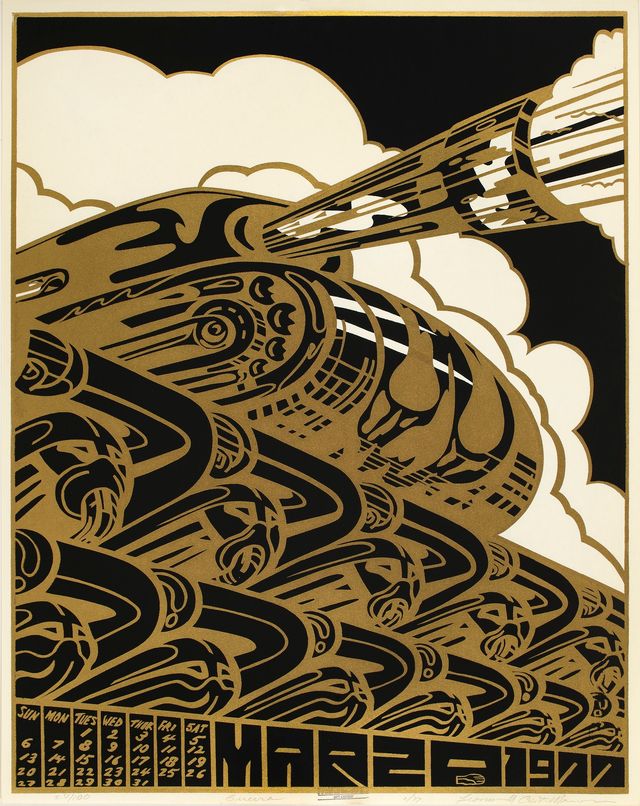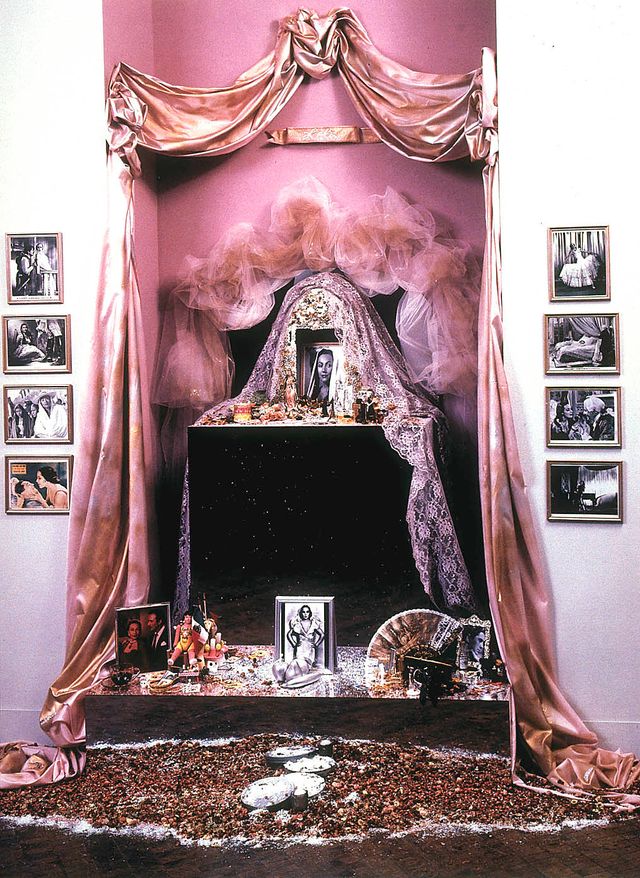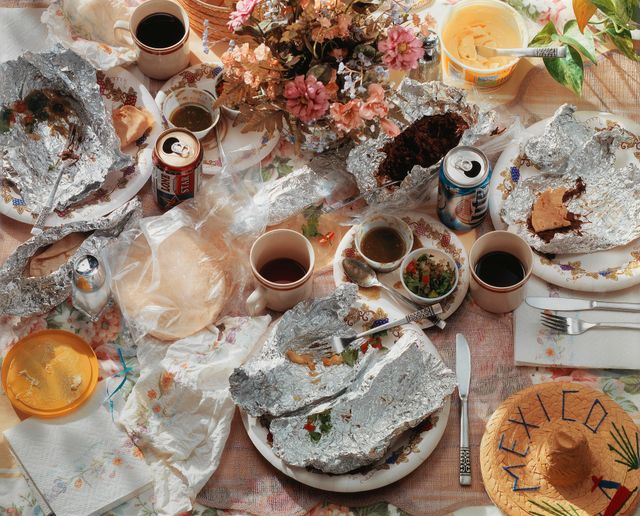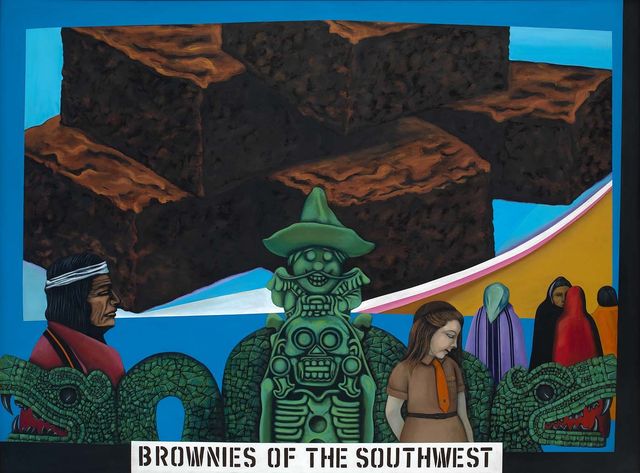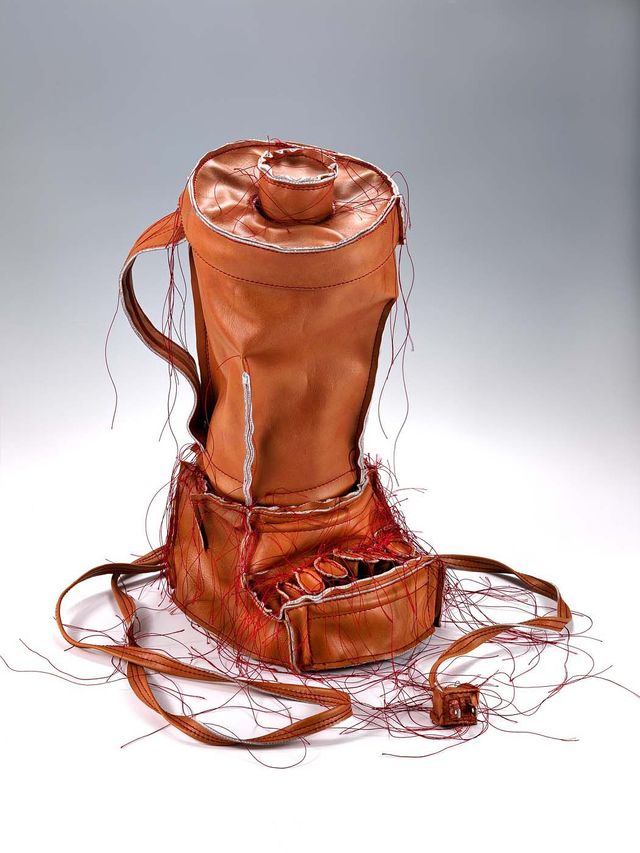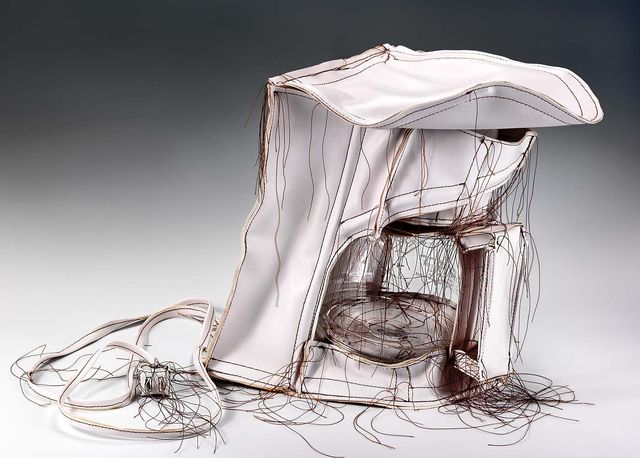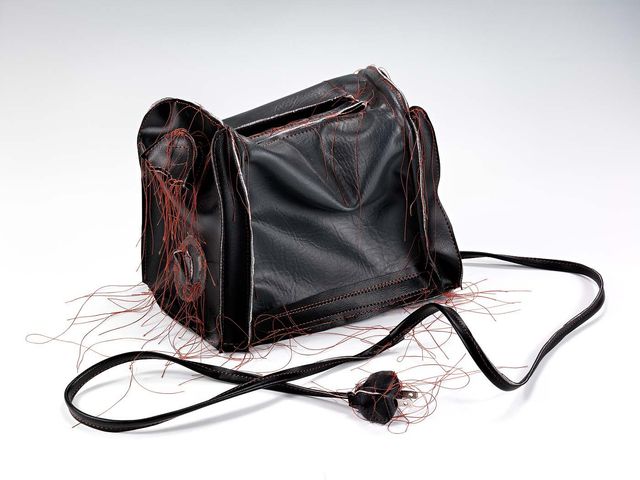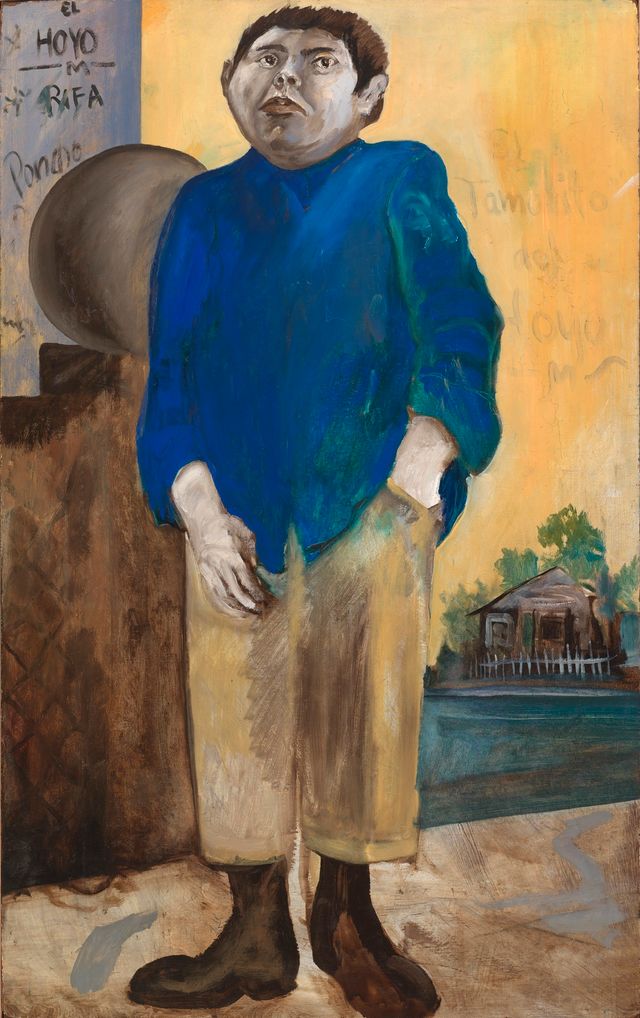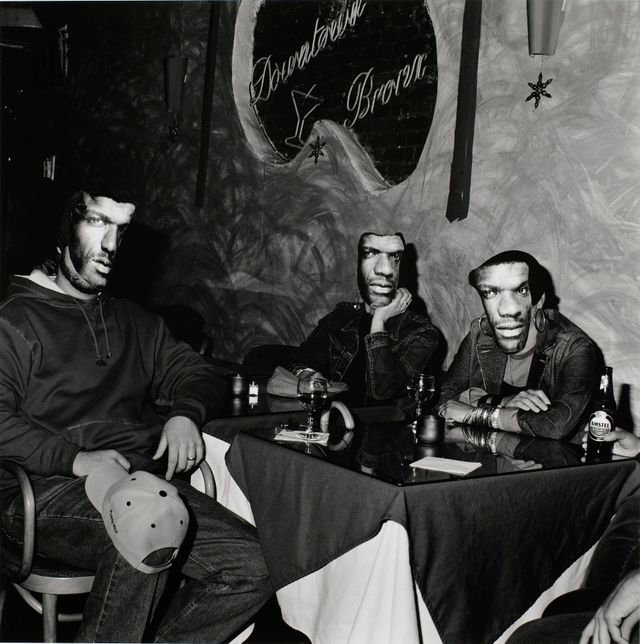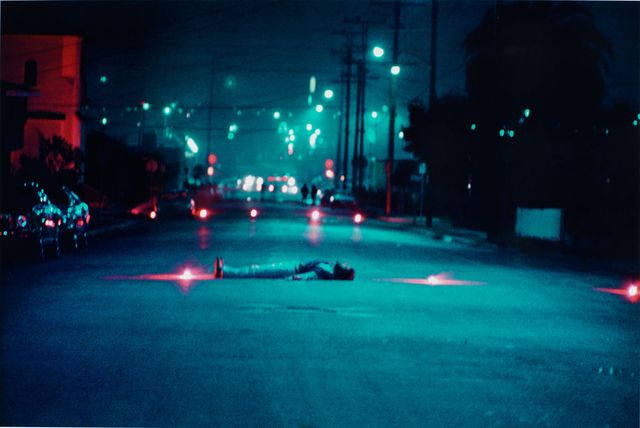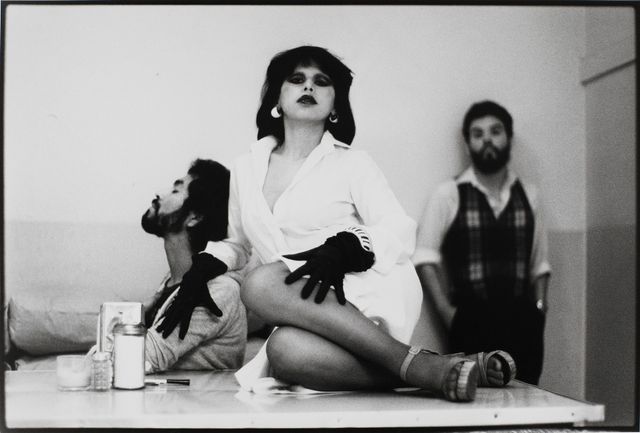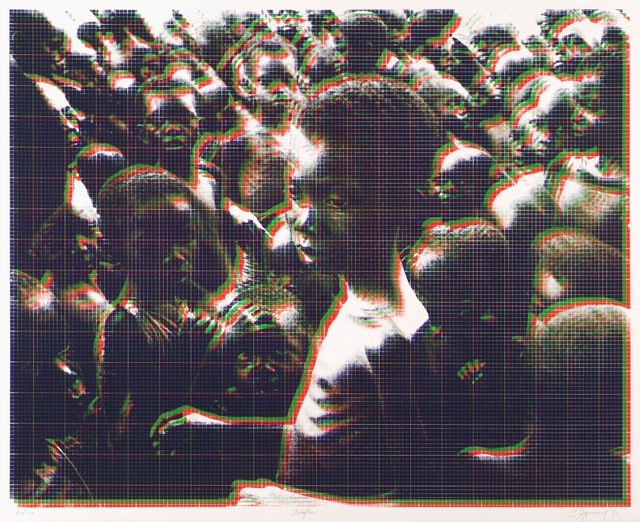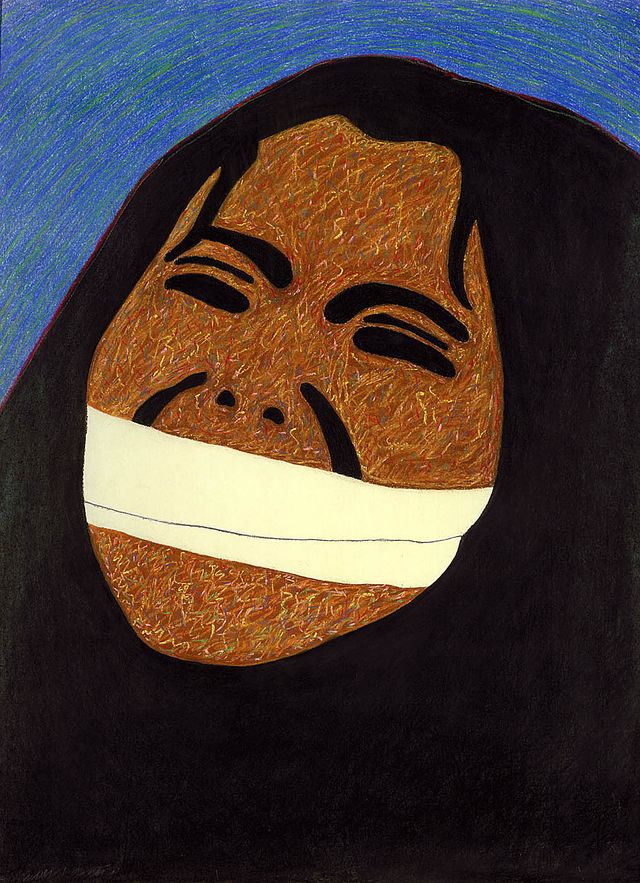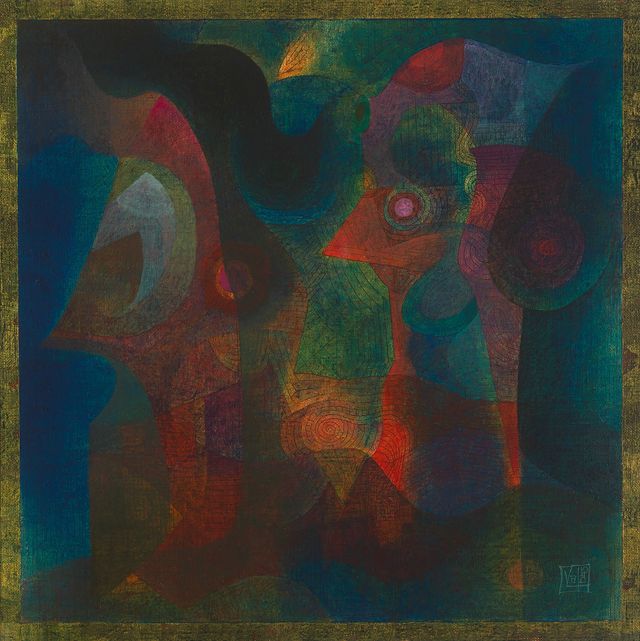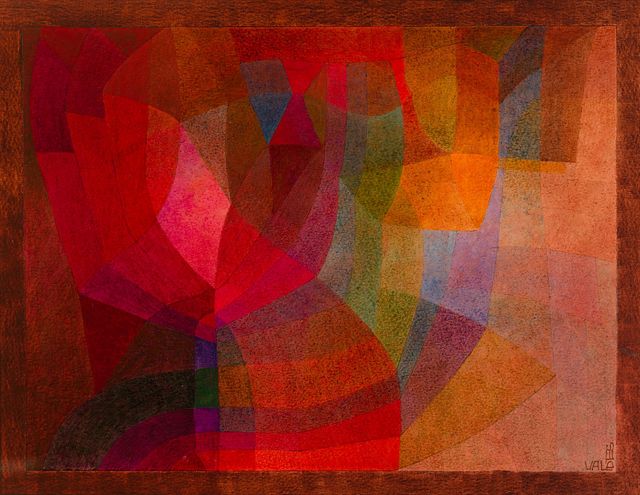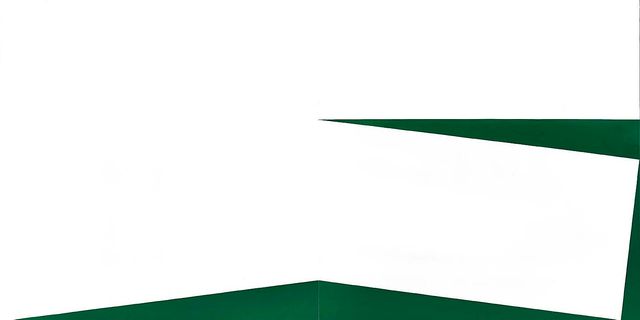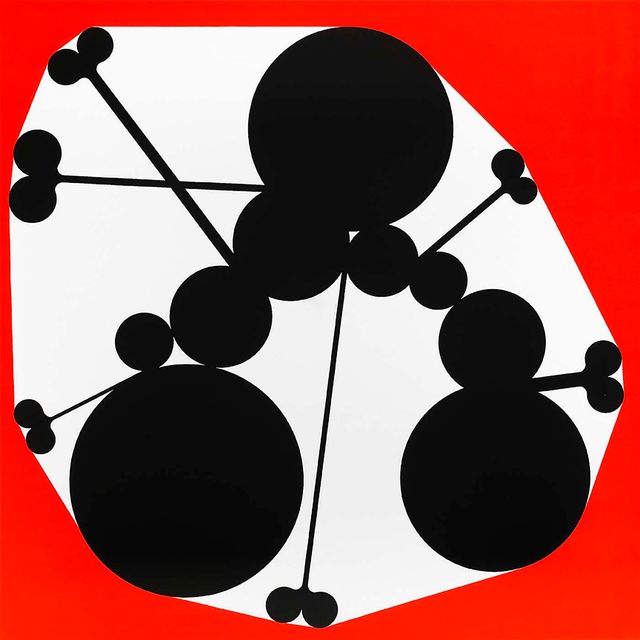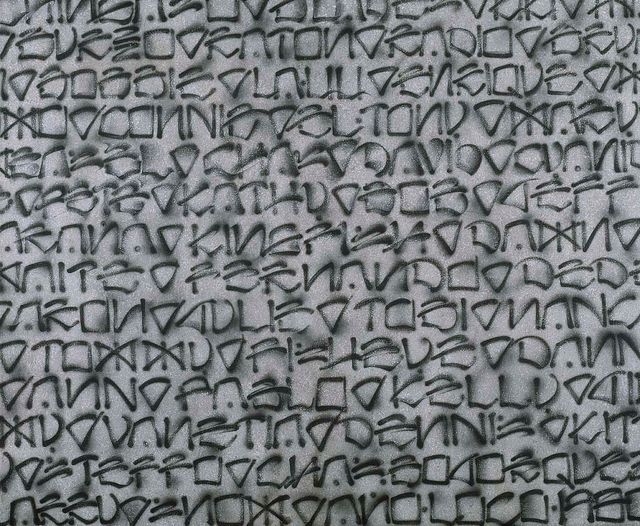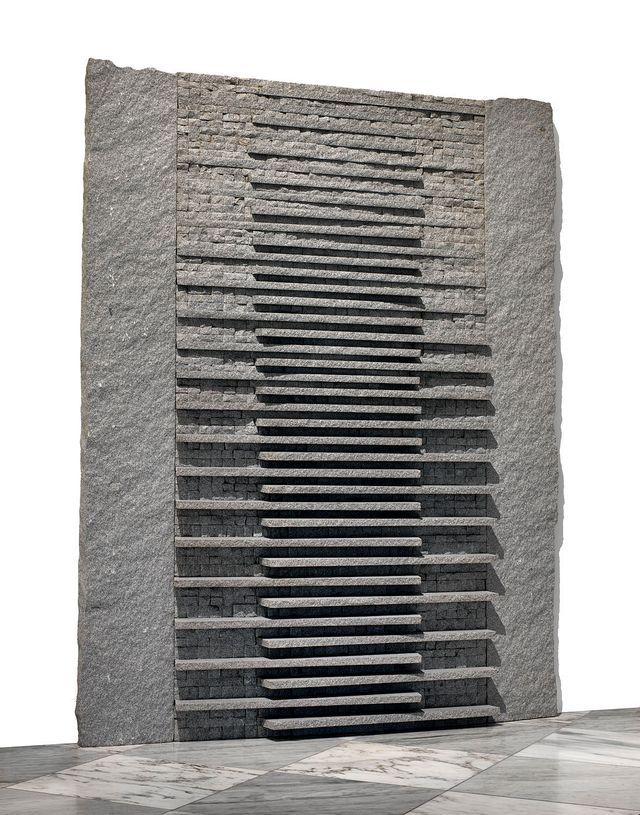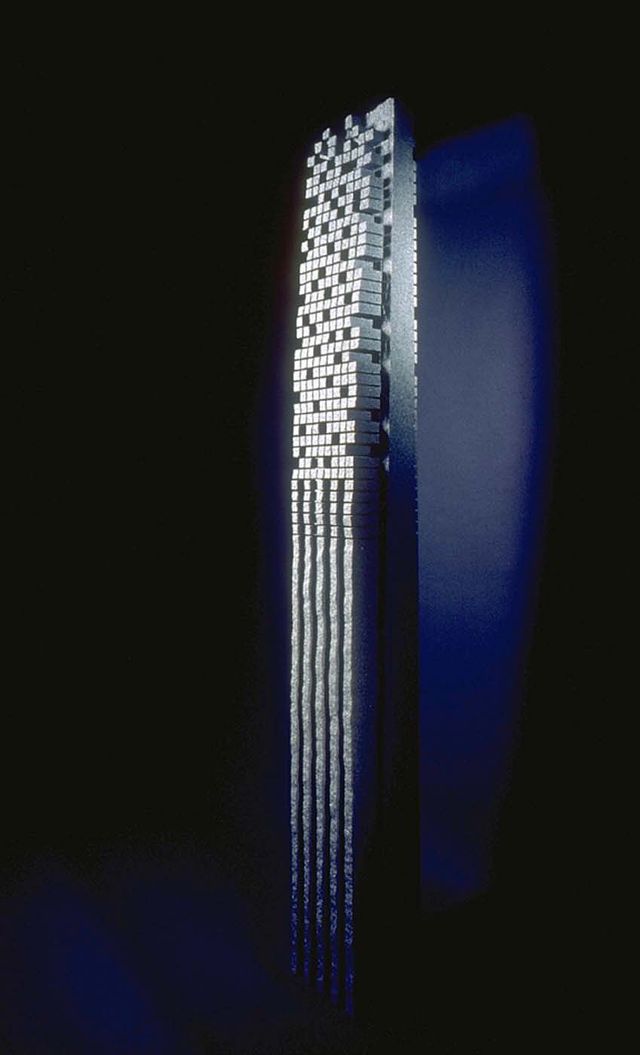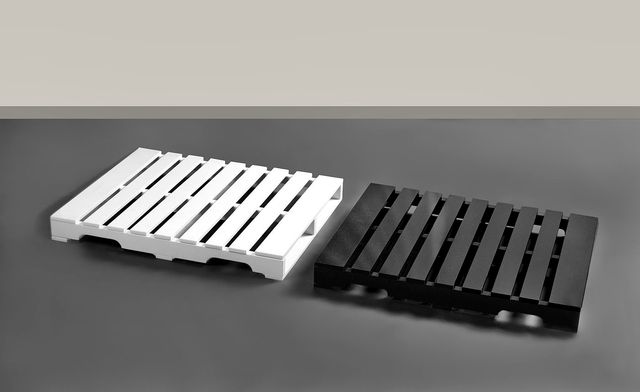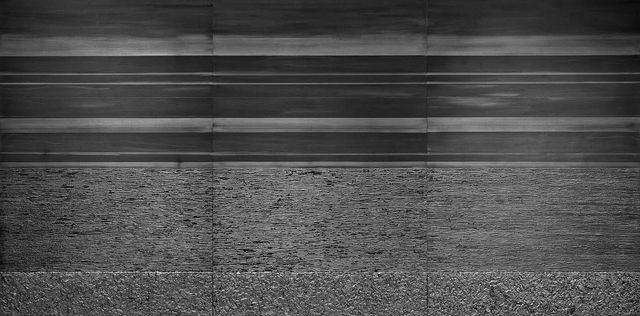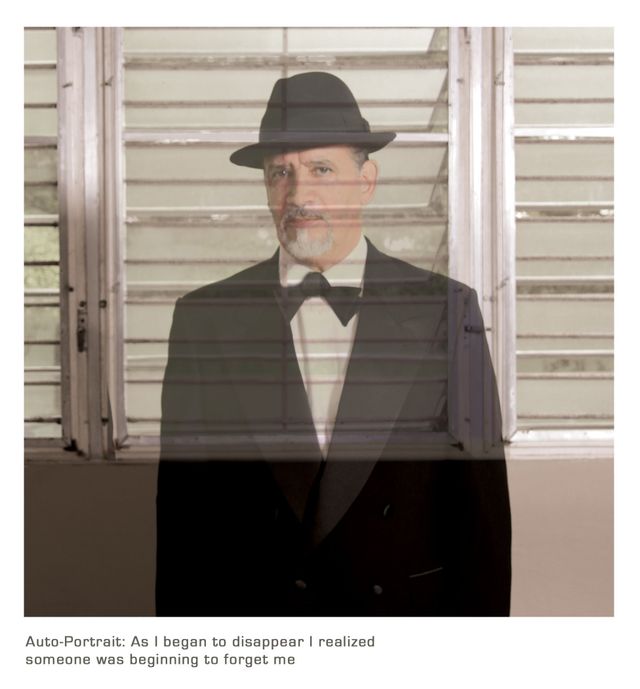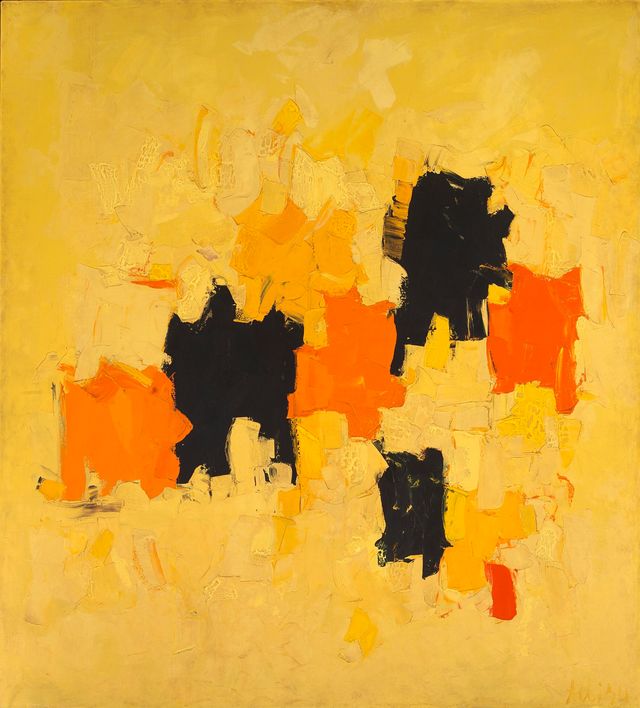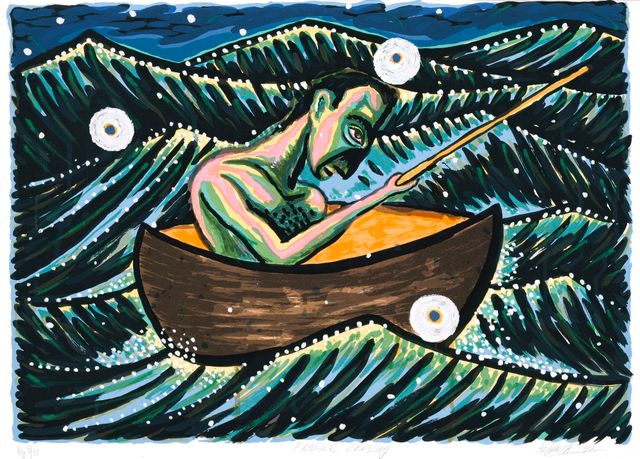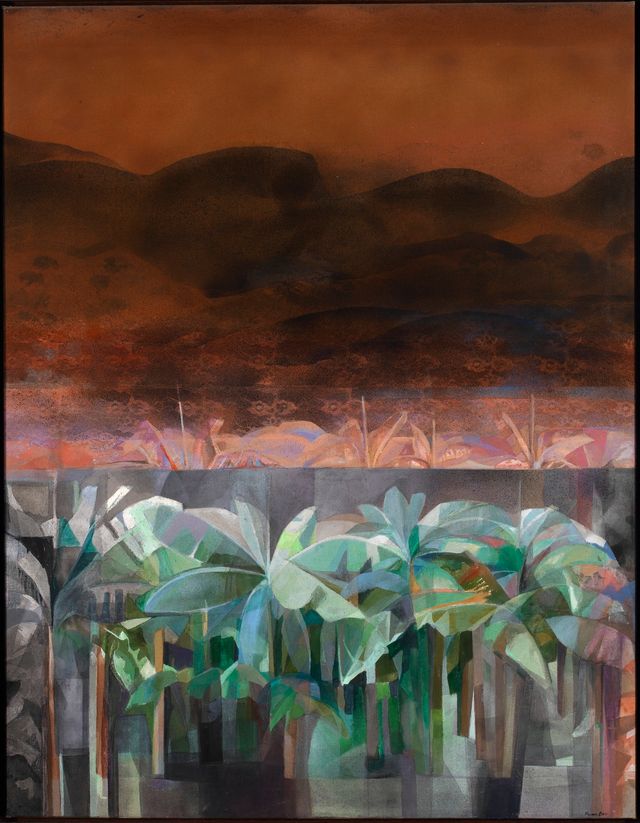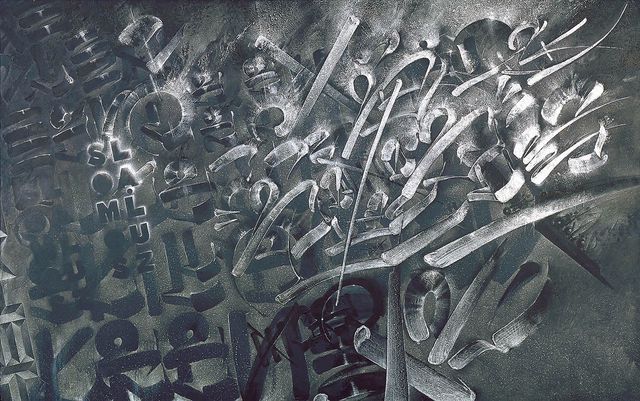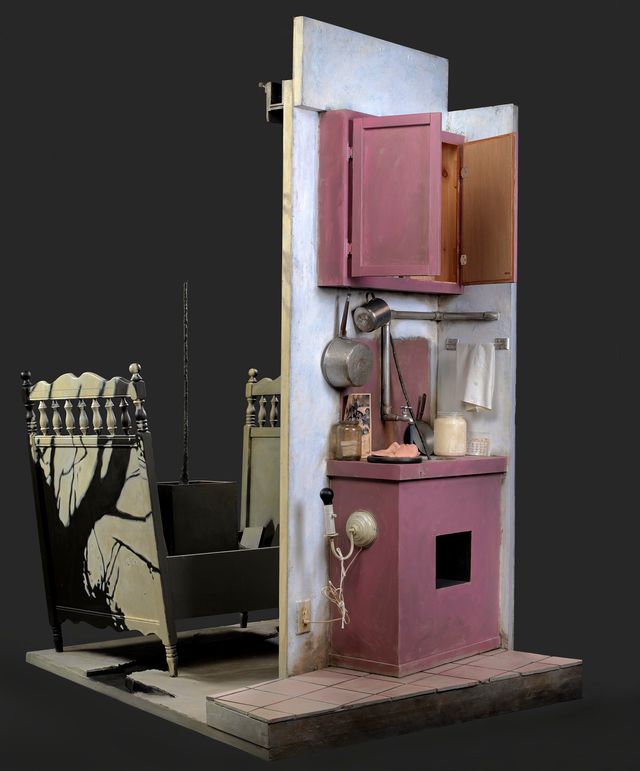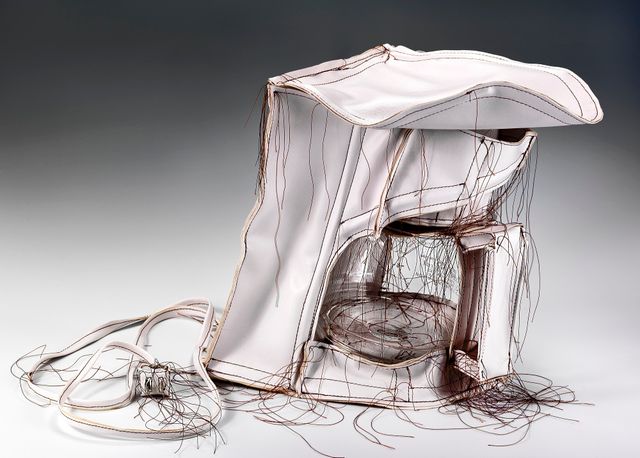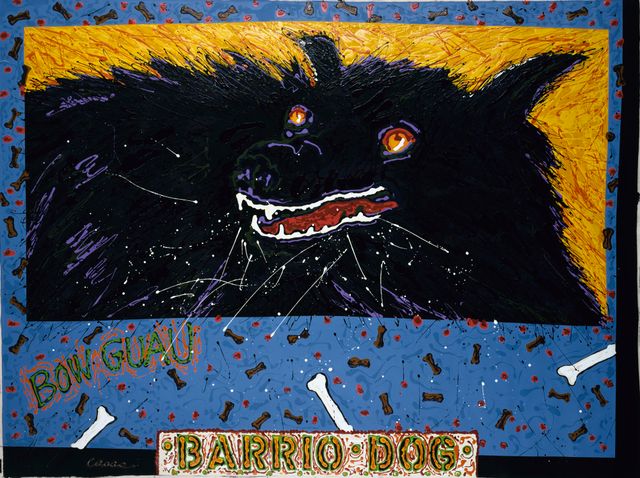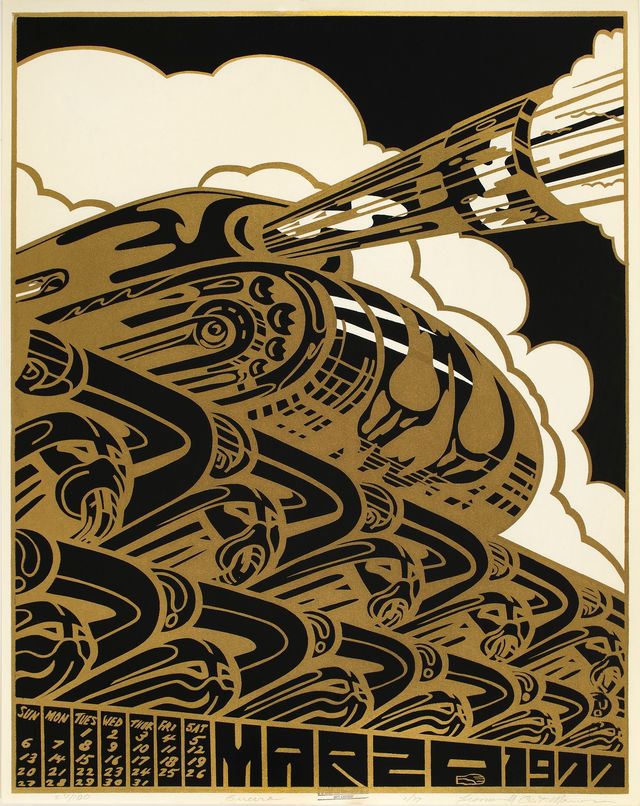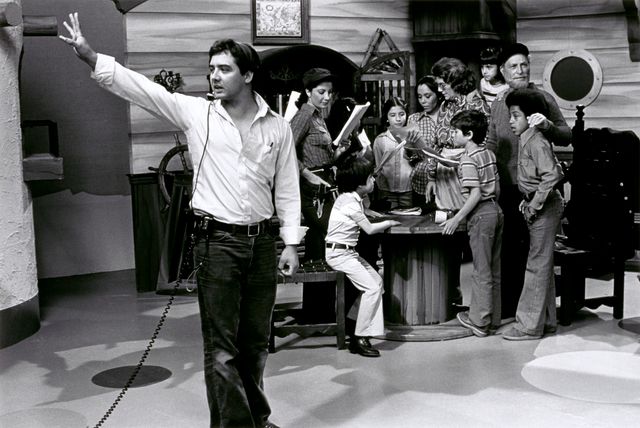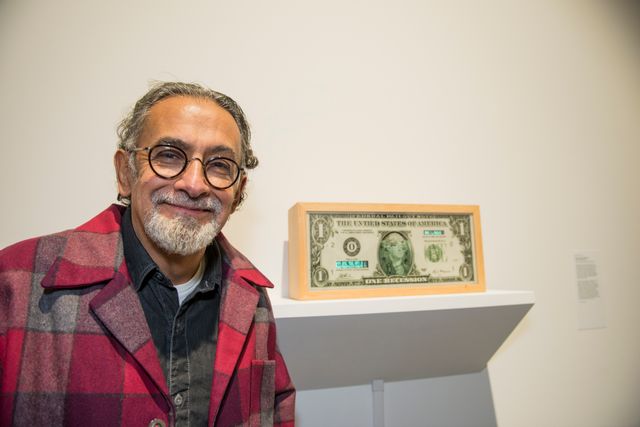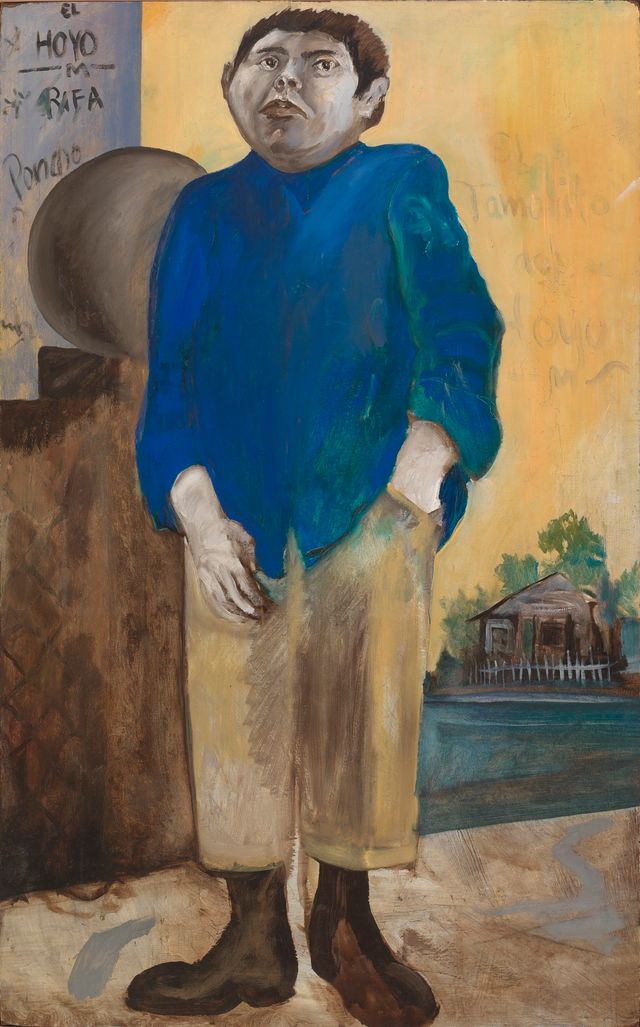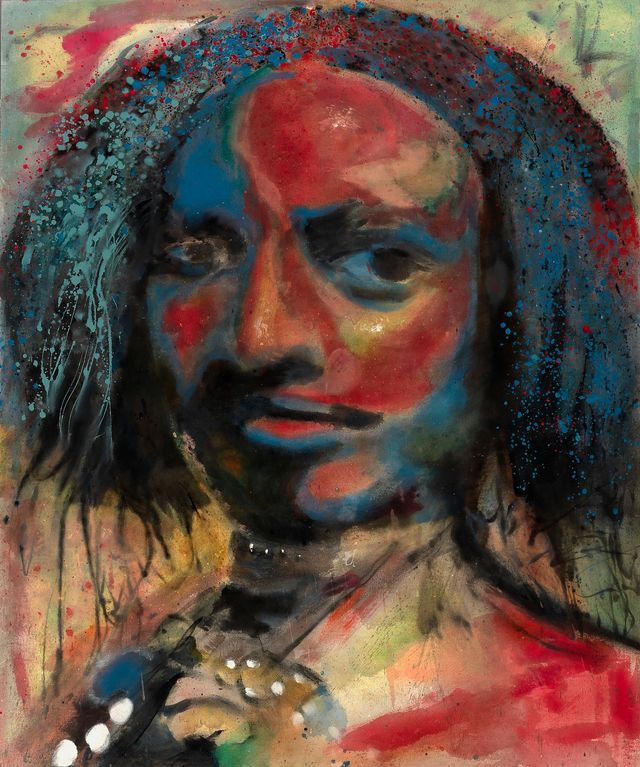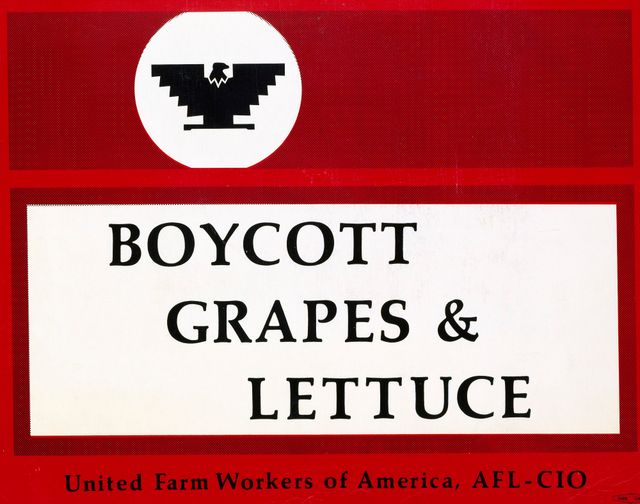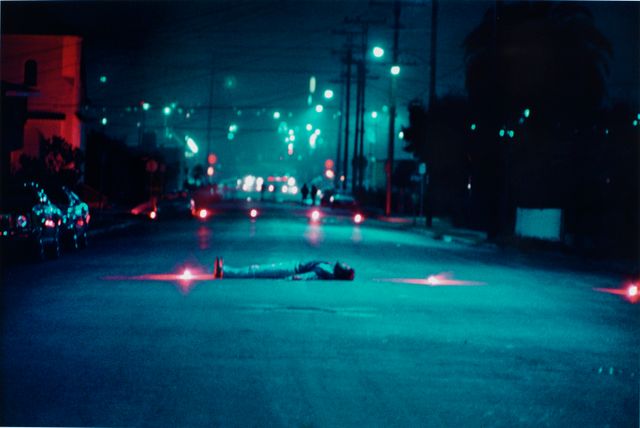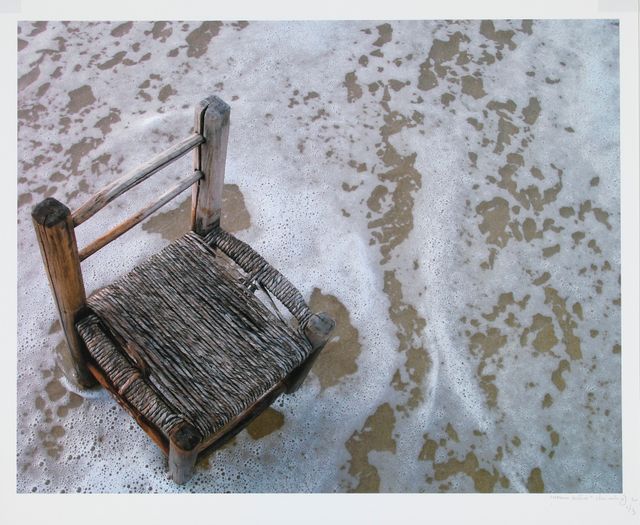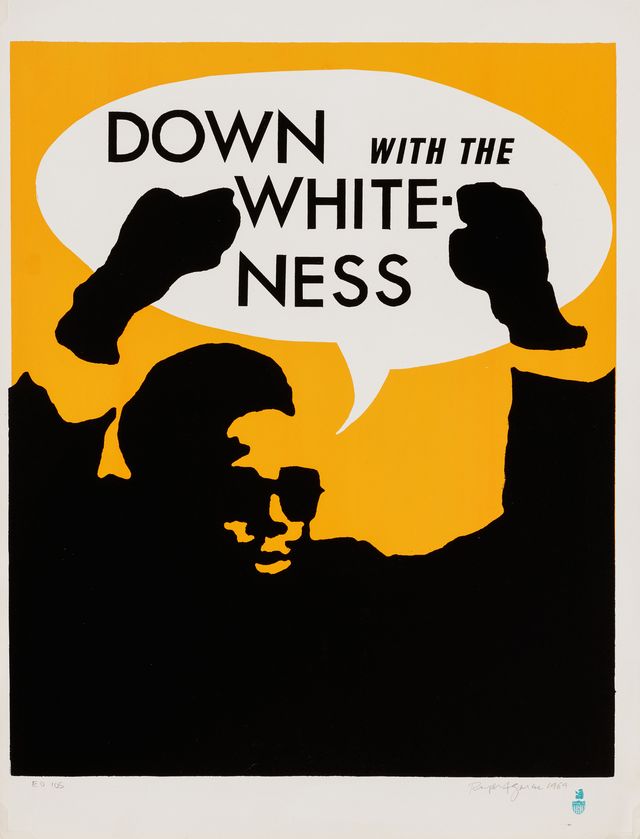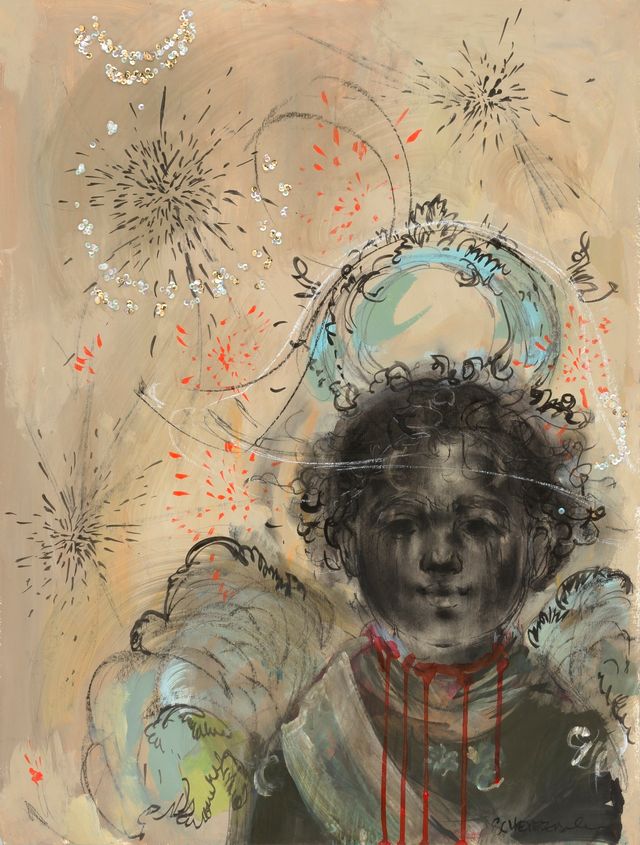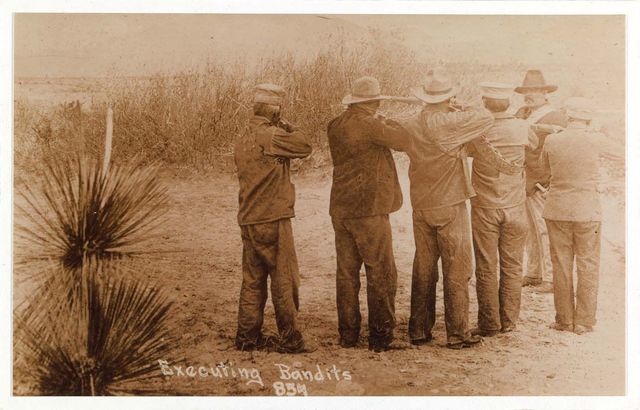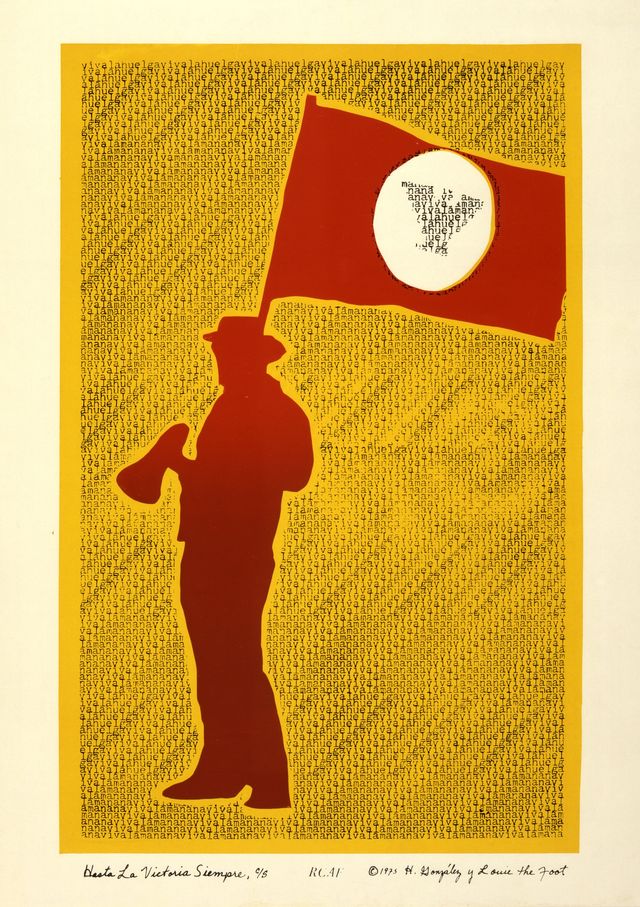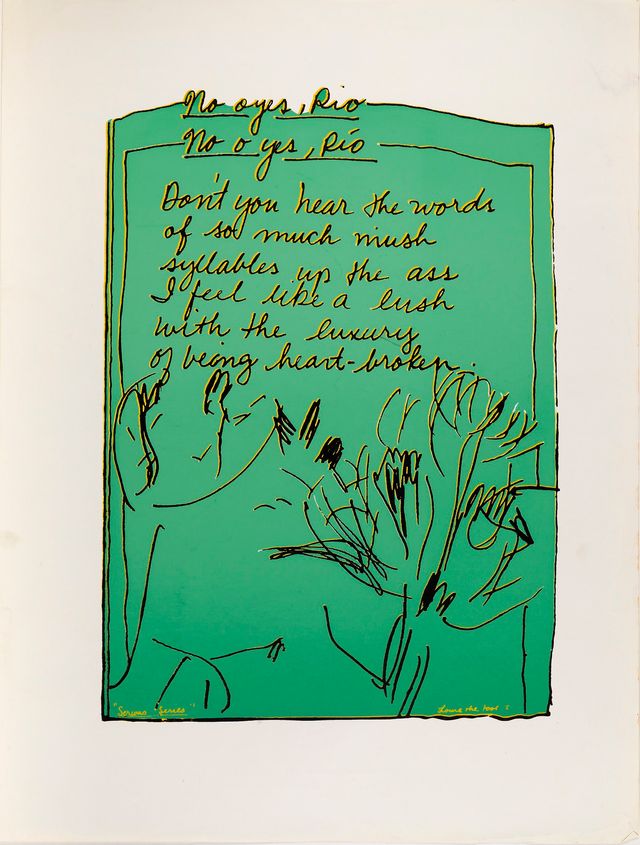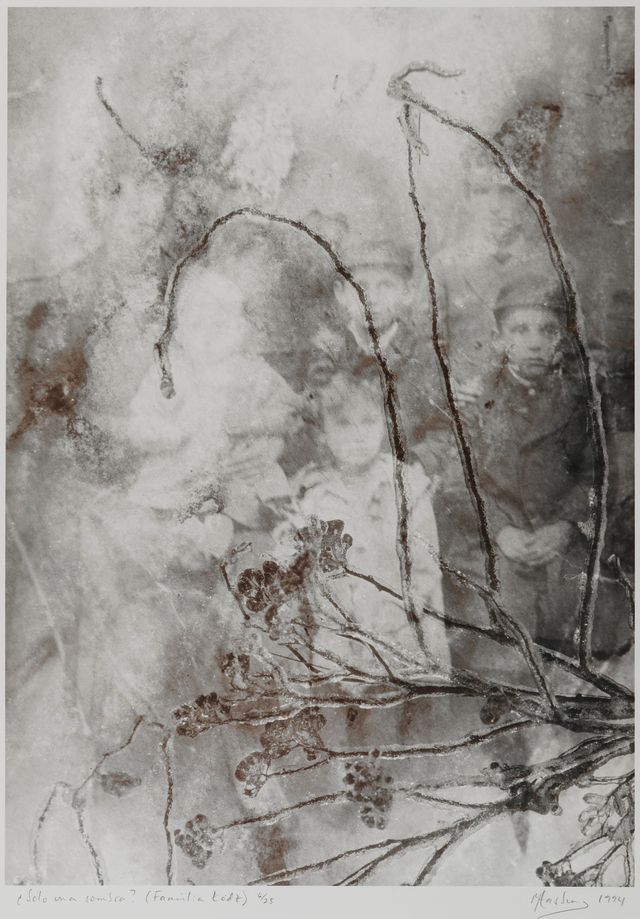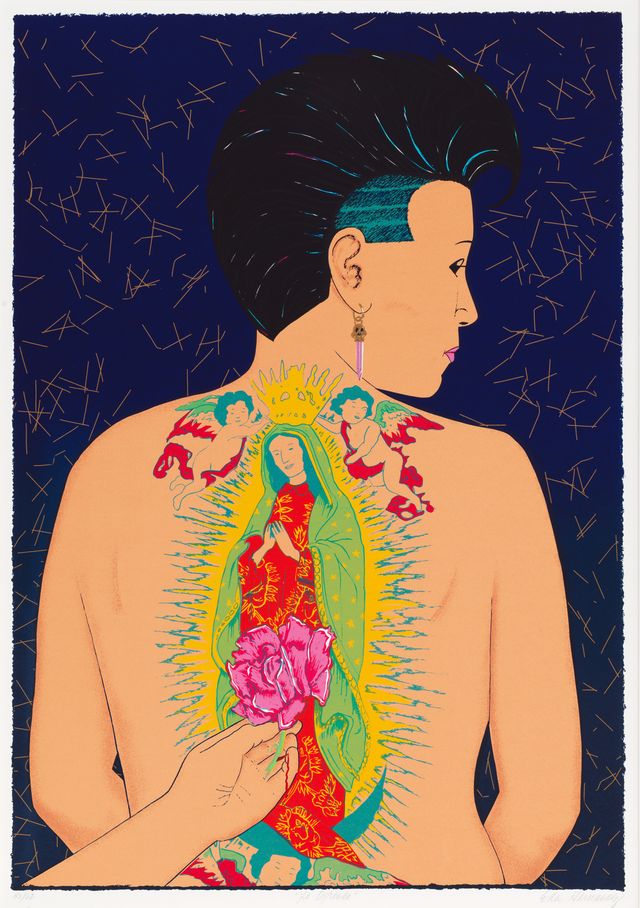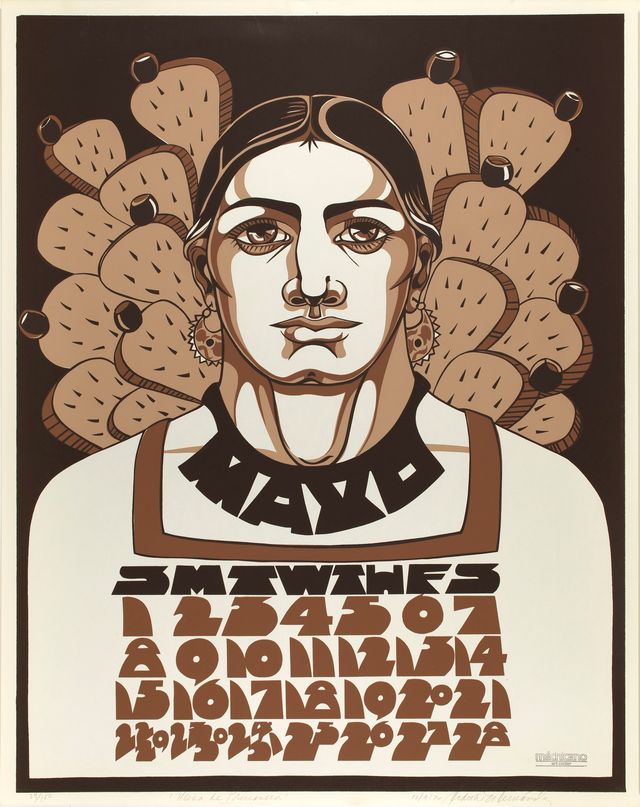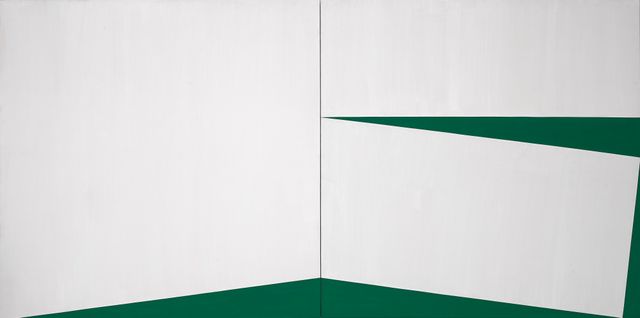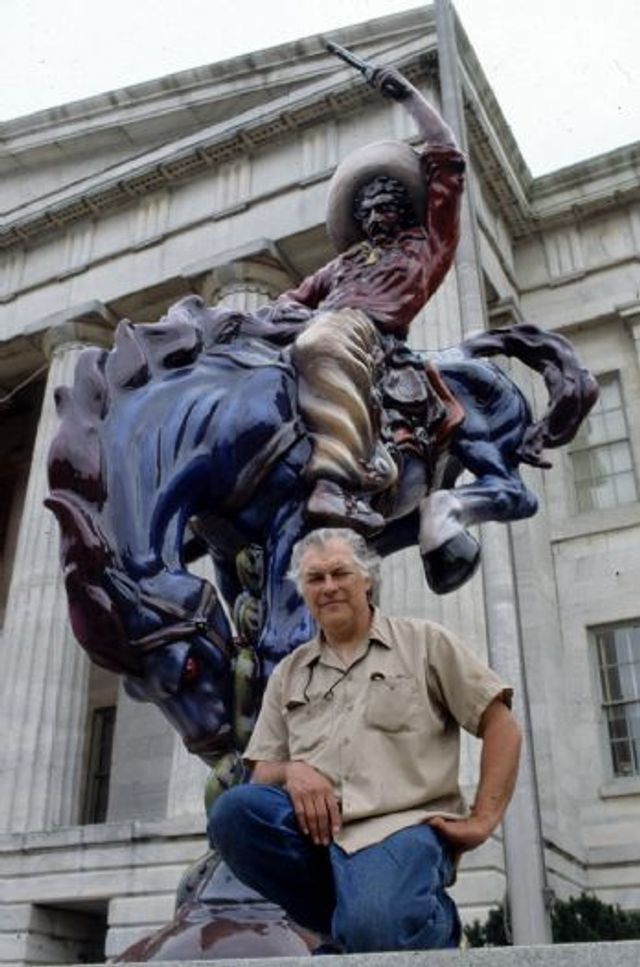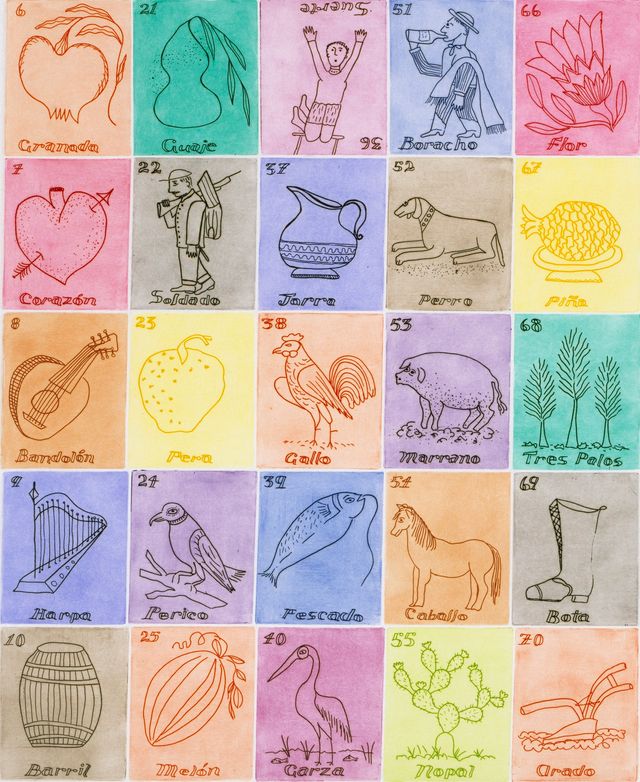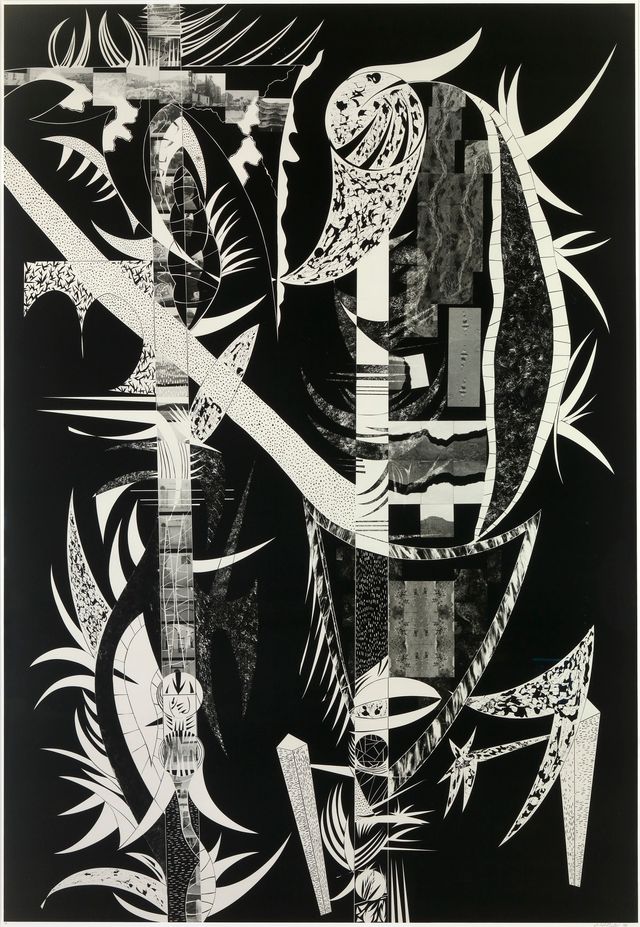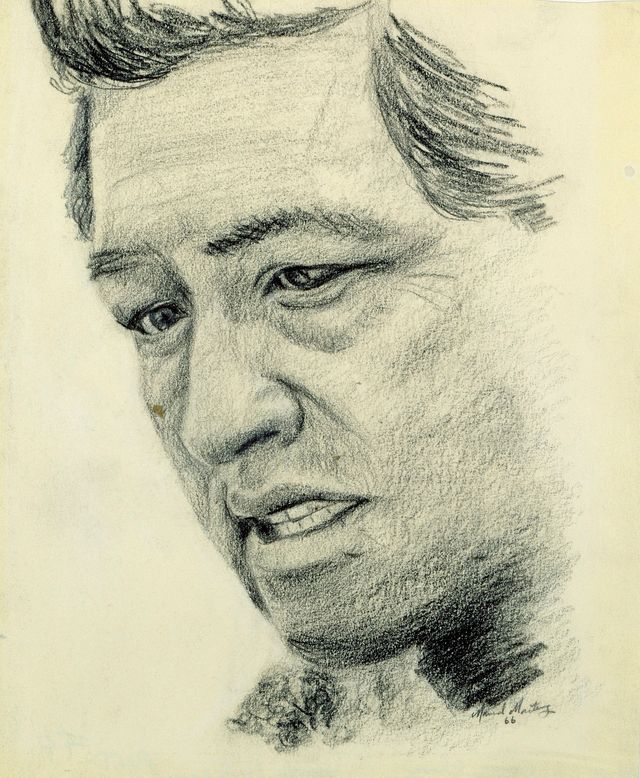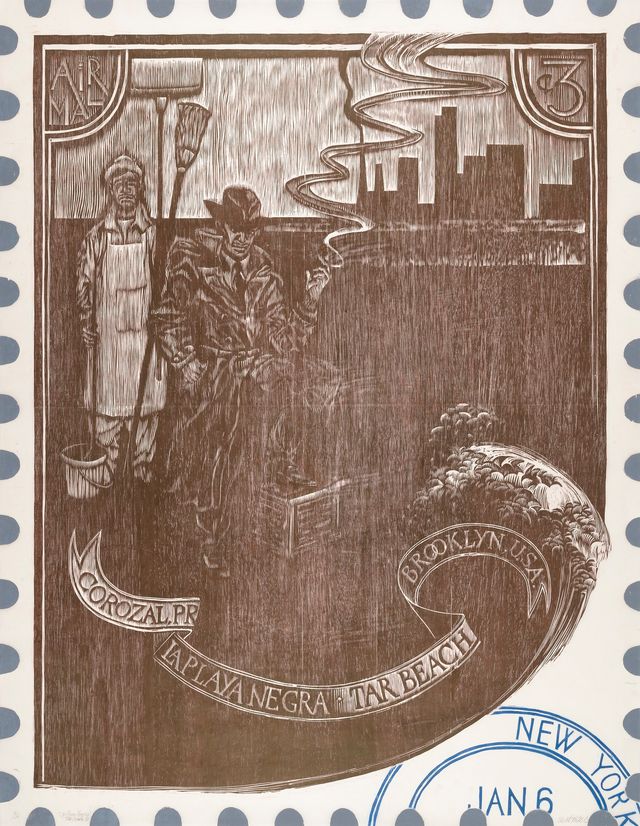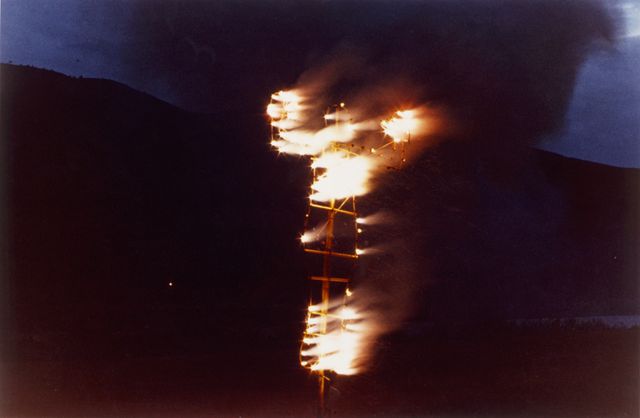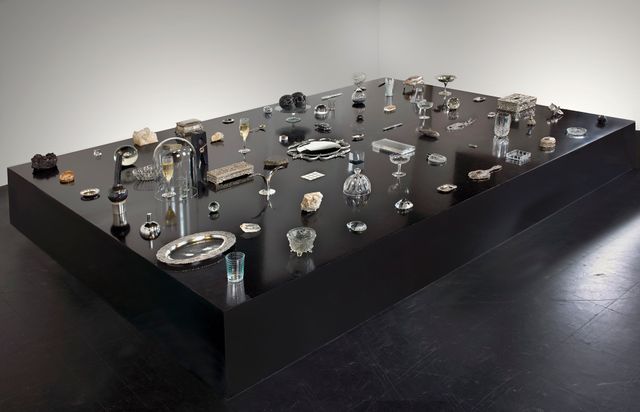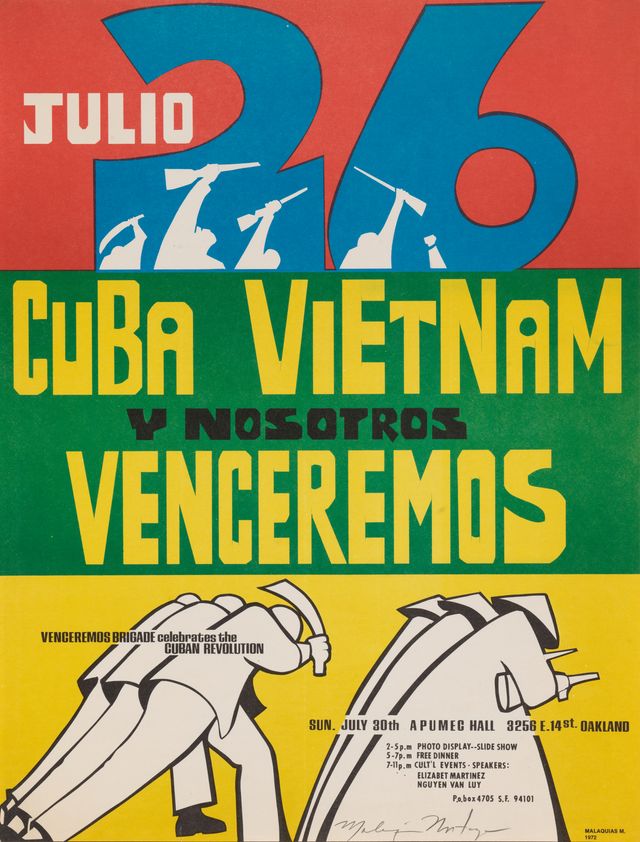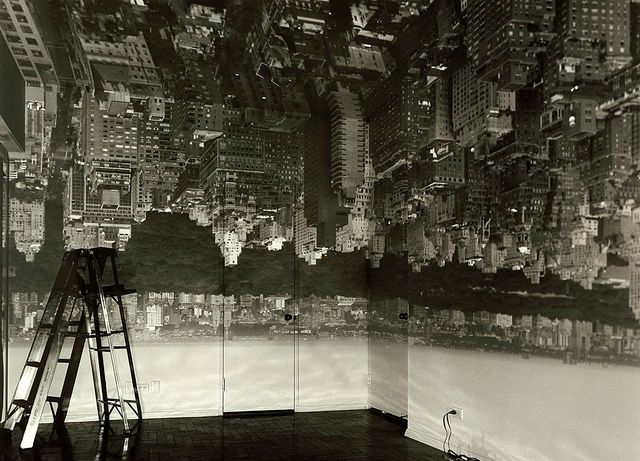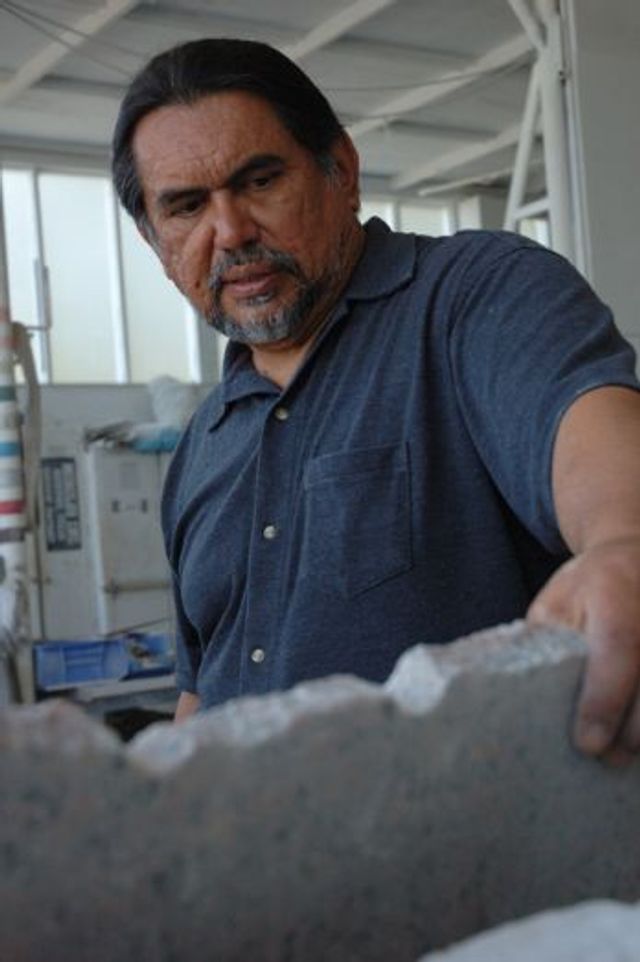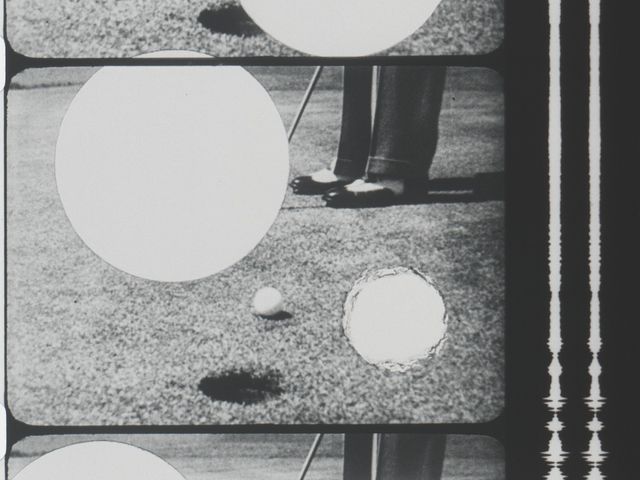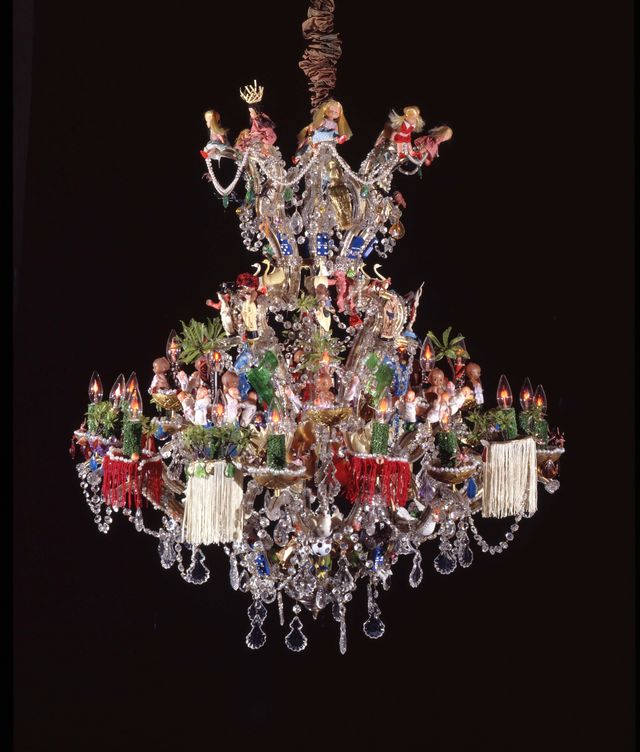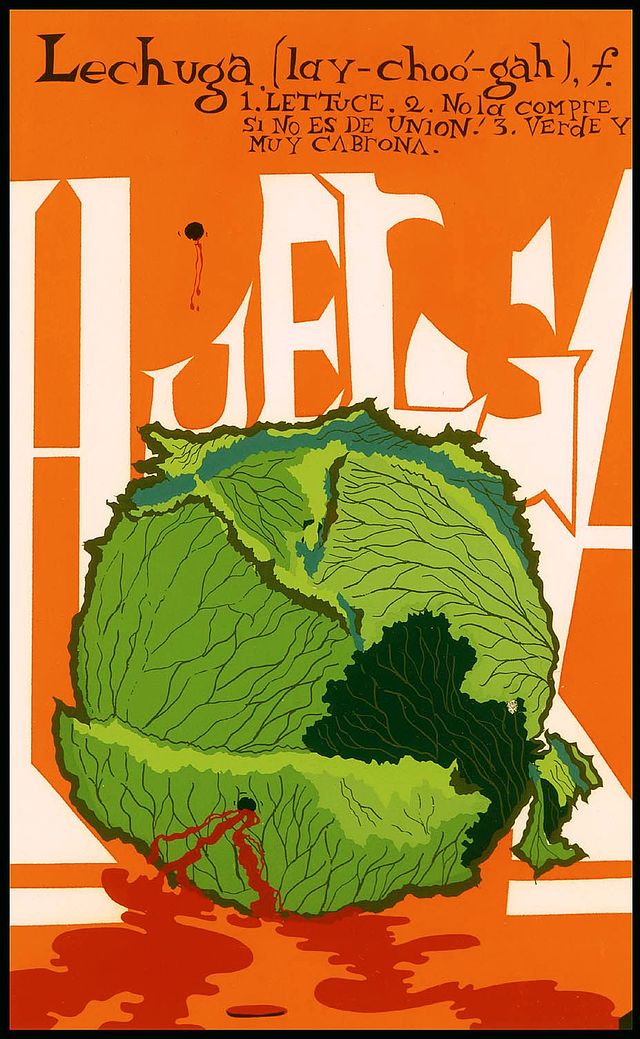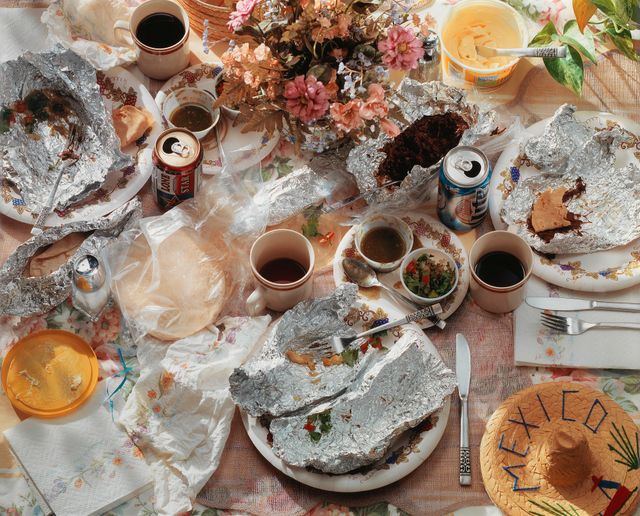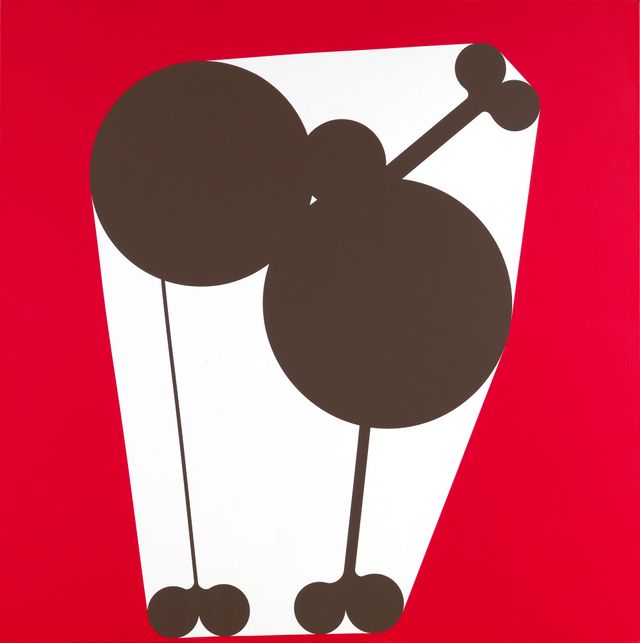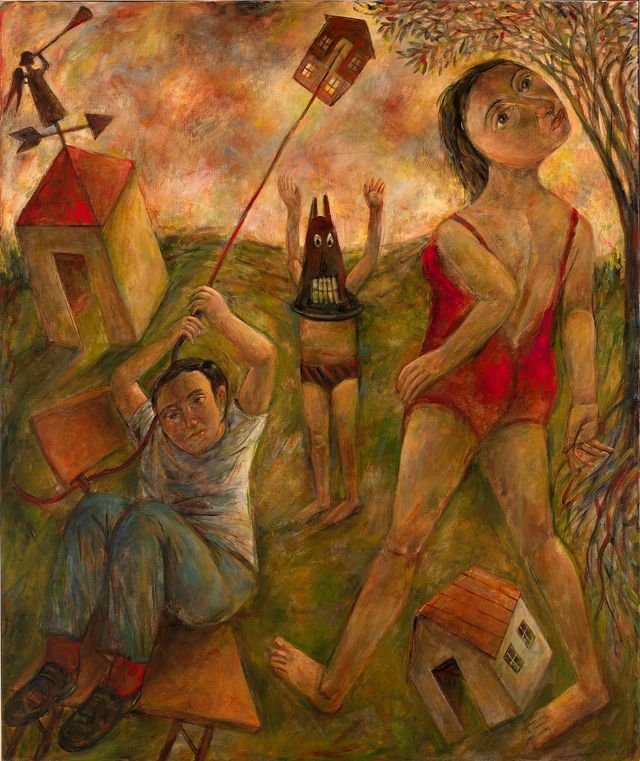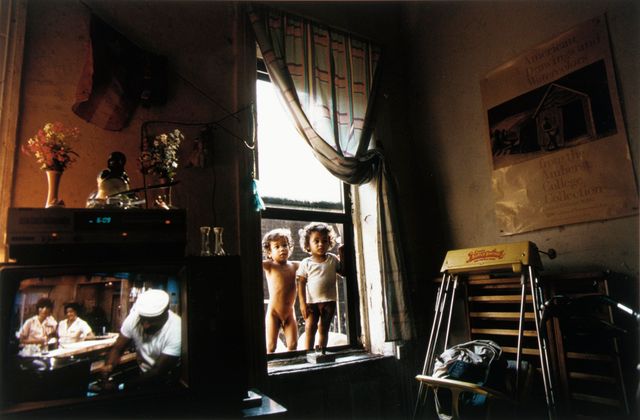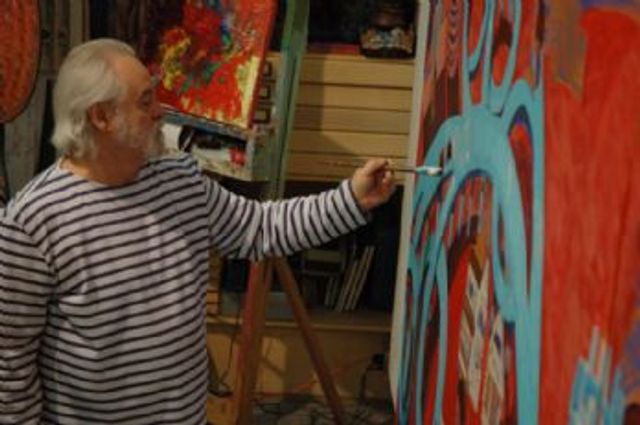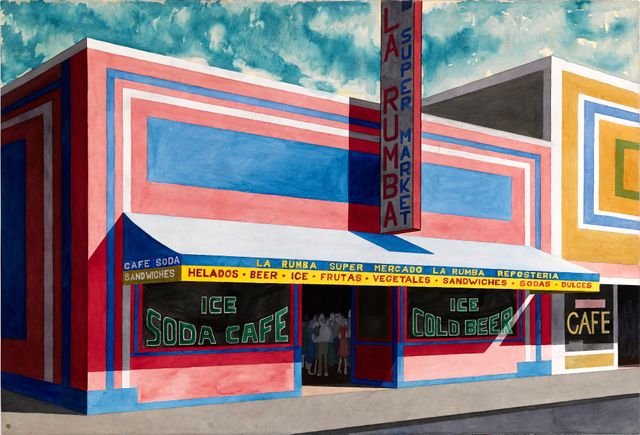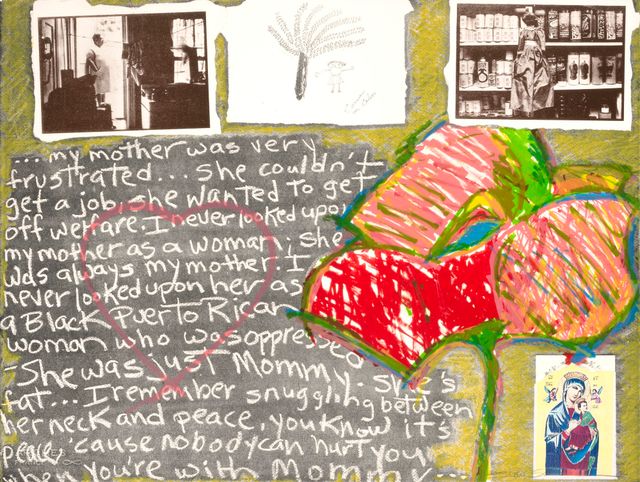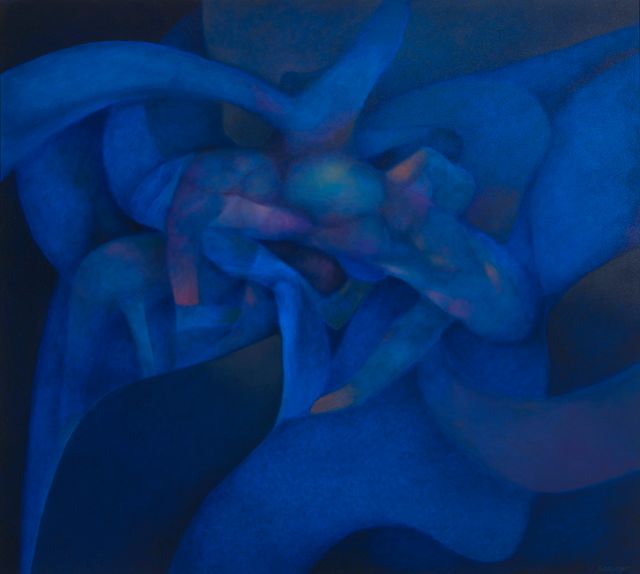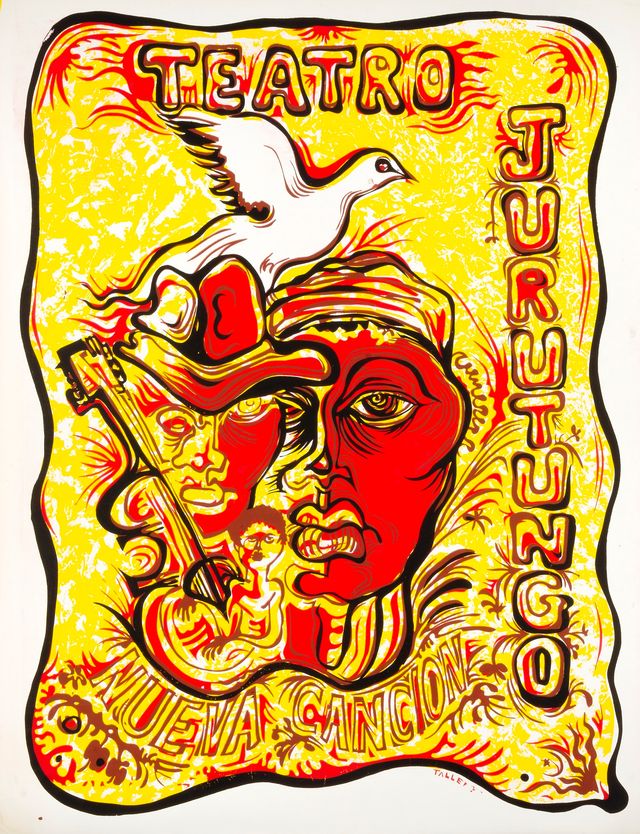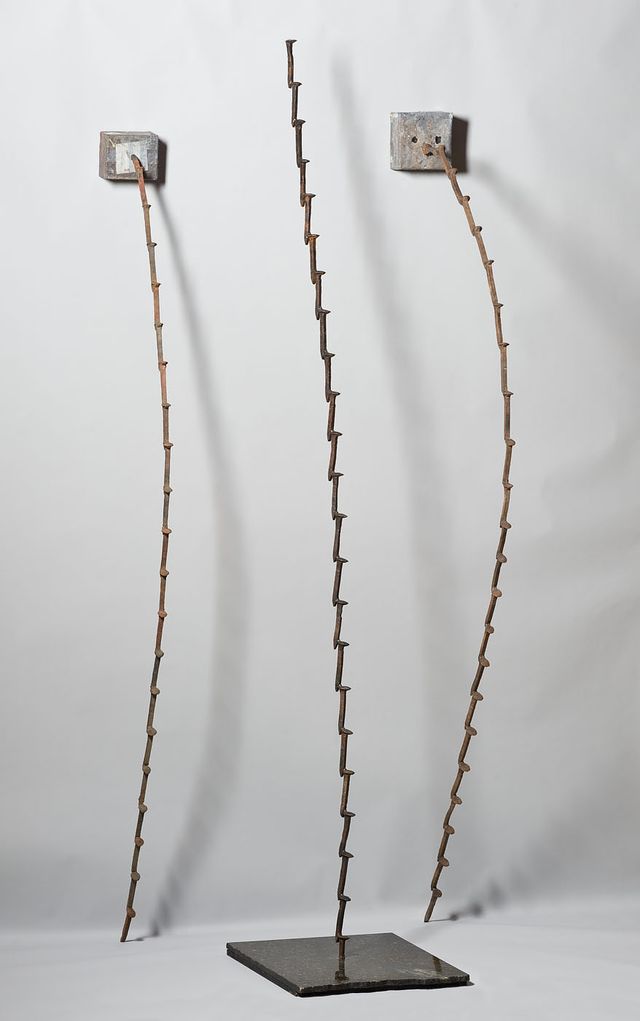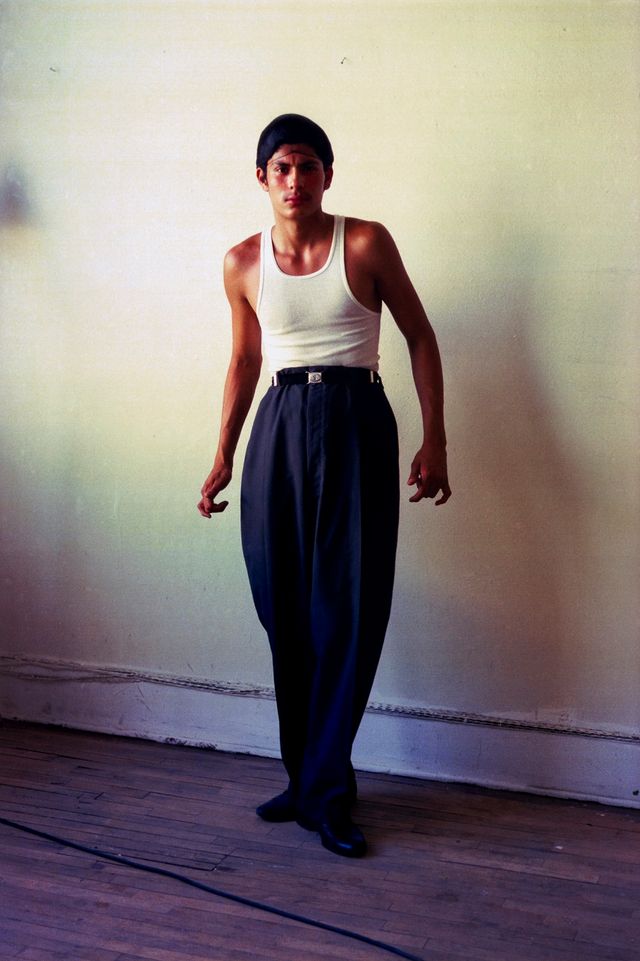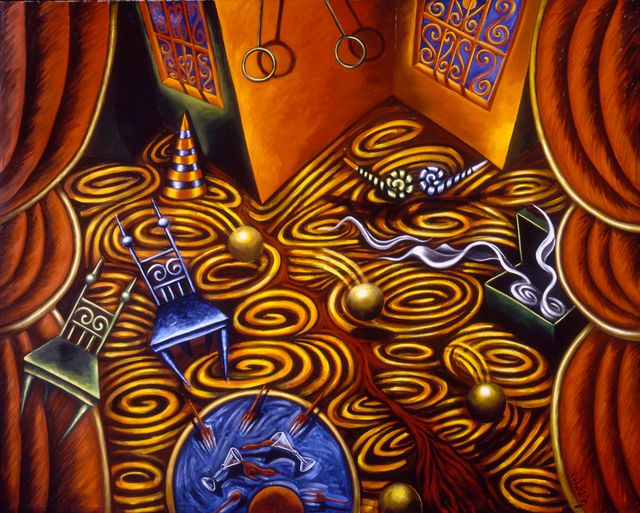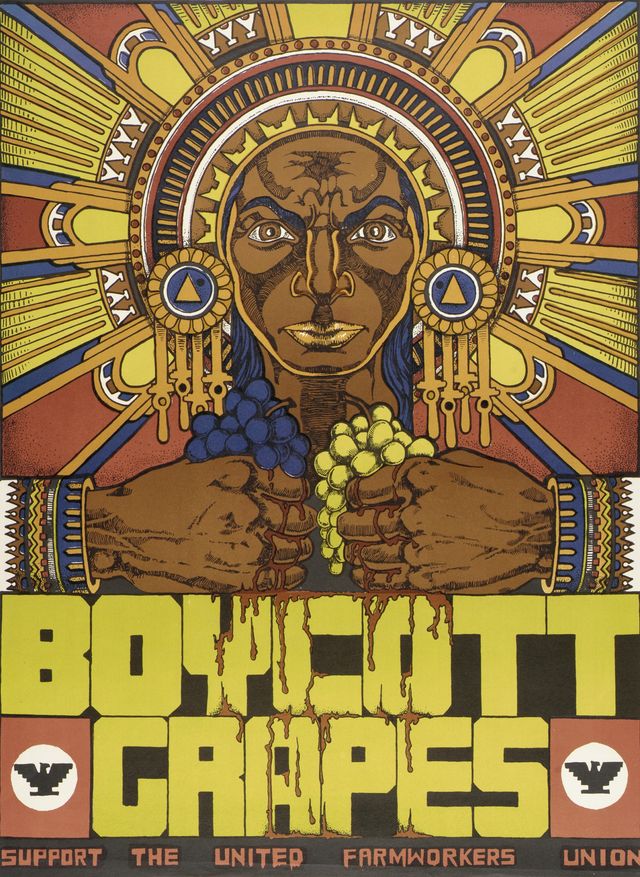Our America: The Latino Presence in American Art

Our America: The Latino Presence in American Art presents the rich and varied contributions of Latino artists in the United States since the mid-twentieth century, when the concept of a collective Latino identity began to emerge. The exhibition is drawn entirely from the Smithsonian American Art Museum’s pioneering collection of Latino art. It explores how Latino artists shaped the artistic movements of their day and recalibrated key themes in American art and culture.
Description
The exhibition presents works in all media by 72 leading modern and contemporary artists. Of the 92 artworks featured in the exhibition, 63 have been acquired by the museum since 2011, representing its deep and continuing commitment to collecting Latino art. Our America includes works by artists who participated in all the various artistic styles and movements, including abstract expressionism; activist, conceptual, and performance art; and classic American genres such as landscape, portraiture, and scenes of everyday life. Latino artists across the United States were galvanized by the civil rights movement of the 1960s and 1970s. They created new images of their communities and examined bicultural experiences. Many critically probed American history and popular culture, revealing the possibilities and tensions of expansionism, migration, and settlement. Other Latino artists in the exhibition devoted themselves to experimentation, pushing the limits of their chosen medium. “Our America” presents a picture of an evolving national culture that challenges expectations of what is meant by “American” and “Latino.”
Artists featured in the exhibition reflect the rich diversity of Latino communities in the United States. Our America showcases artists of Mexican, Puerto Rican, Cuban, and Dominican descent, as well as other Latin American groups with deep roots in the United States. By presenting works by artists of different generations and regions, the exhibition reveals recurring themes among artists working across the country.
The 72 artists featured in the exhibition are ADÁL, Manuel Acevedo, Elia Alba, Olga Albizu, Carlos Almaraz, Jesse Amado, Asco (Harry Gamboa Jr., Gronk, Willie Herrón and Patssi Valdez), Luis Cruz Azaceta, Myrna Báez, Guillermo Bejarano, Charles “Chaz” Bojórquez, María Brito, Margarita Cabrera, María Magdalena Campos-Pons, Melesio “Mel” Casas, Leonard Castellanos, Oscar R. Castillo, José Cervantes, Enrique Chagoya, Roberto Chavez, Carlos A. Cortéz, Marcos Dimas, Ricardo Favela, Christina Fernandez, Teresita Fernández, iliana emilia garcía, Rupert García, Scherezade García, Carmen Lomas Garza, Ignacio Gomez, Ken Gonzales-Day, Hector González, Luis C. “Louie the Foot” González, Muriel Hasbun, Ester Hernandez, Judithe Hernández, Carmen Herrera, Carlos Irizarry, Luis Jiménez, Miguel Luciano, Emanuel Martinez, María Martínez-Cañas, Antonio Martorell, Ana Mendieta, Amalia Mesa-Bains, Franco Mondini-Ruiz, Delilah Montoya, Malaquias Montoya, Abelardo Morell, Jesús Moroles, Raphael Montañez Ortiz, Pepón Osorio, Amado M. Peña Jr., Chuck Ramirez, Paul Henry Ramirez, Sophie Rivera, Arturo Rodríguez, Freddy Rodríguez, Joseph Rodríguez, Frank Romero, Emilio Sánchez, Juan Sánchez, Jorge Soto Sánchez, Rafael Soriano, Ruben Trejo, Jesse Treviño, John M. Valadez, Alberto Valdés, and Xavier Viramontes.
The exhibition is organized by E. Carmen Ramos, curator of Latino art at the Smithsonian American Art Museum.
Visiting Information
Tour Schedule
Publications
Videos
Credit
Our America: The Latino Presence in American Art is organized by the Smithsonian American Art Museum. Generous support for the exhibition has been provided by Altria Group, the Honorable Aida M. Alvarez, Judah Best, The James F. Dicke Family Endowment, Sheila Duignan and Mike Wilkins, Tania and Tom Evans, Friends of the National Museum of the American Latino, The Michael A. and the Honorable Marilyn Logsdon Mennello Endowment, Henry R. Muñoz III, Wells Fargo, and Zions Bank. Additional significant support was provided by The Latino Initiatives Pool, administered by the Smithsonian Latino Center. Support for Treasures to Go, the Museum’s traveling exhibition program, comes from The C.F. Foundation, Atlanta, Georgia.
SAAM Stories

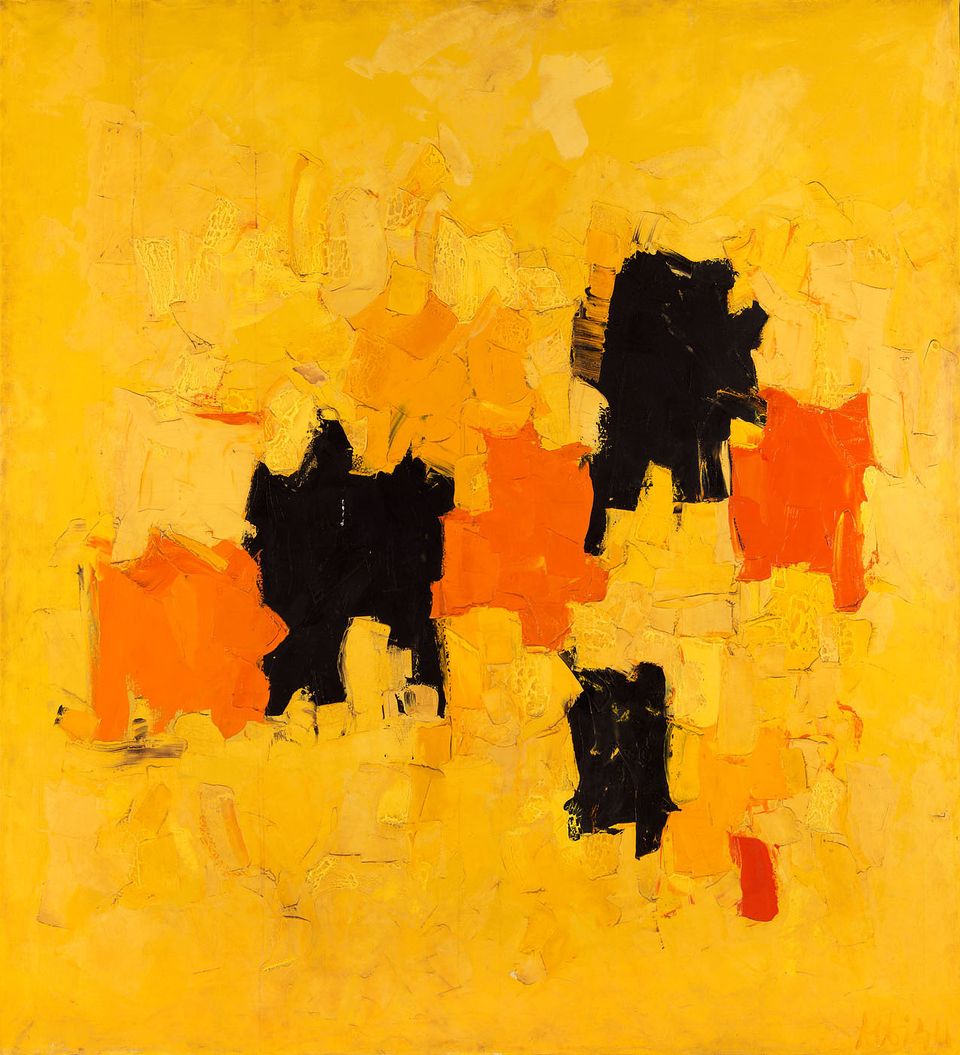

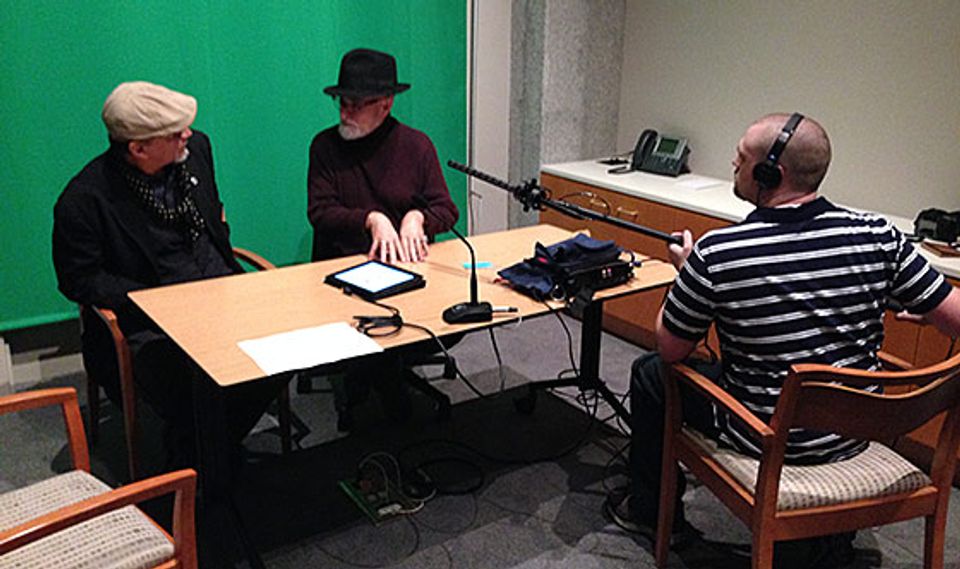
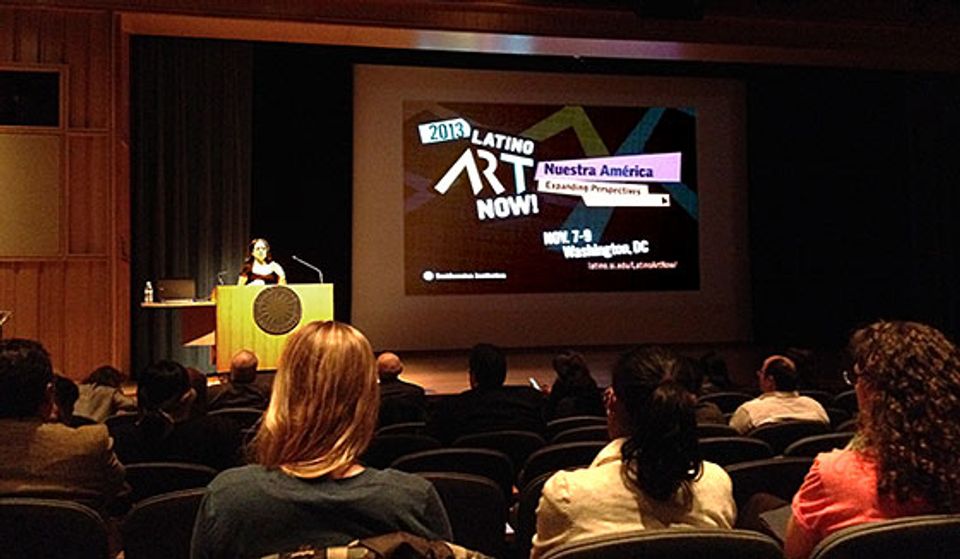
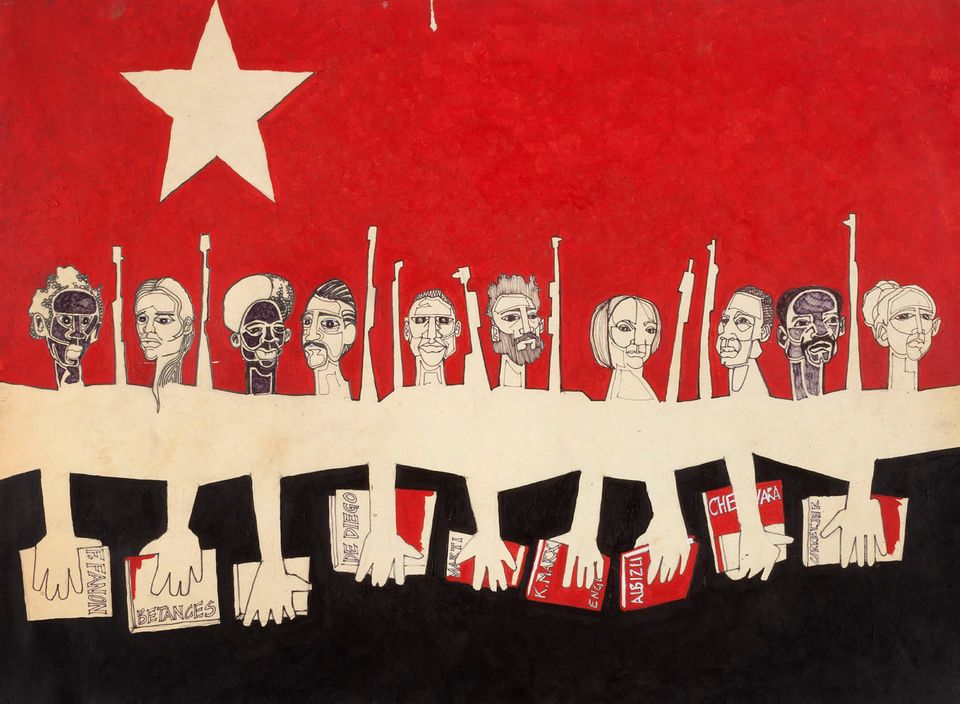
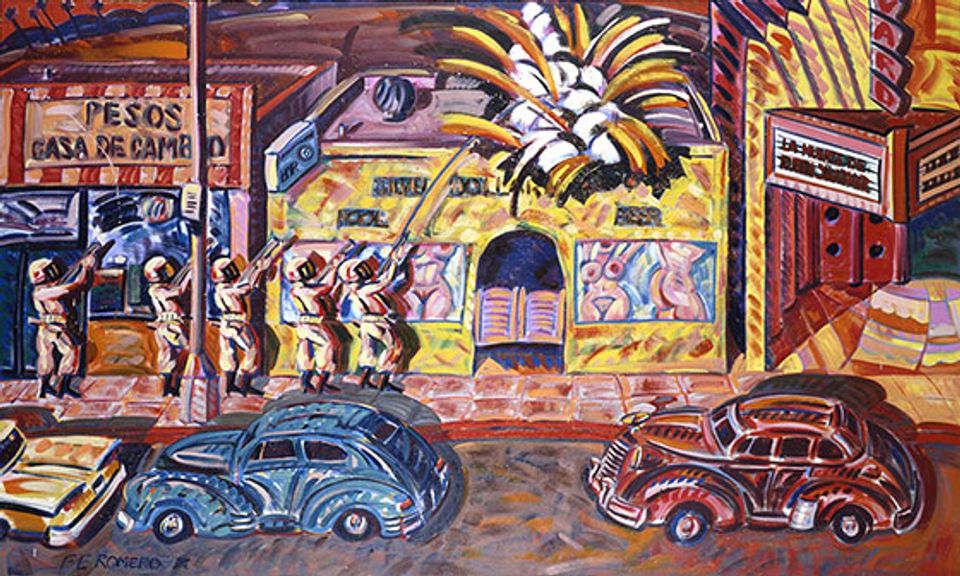
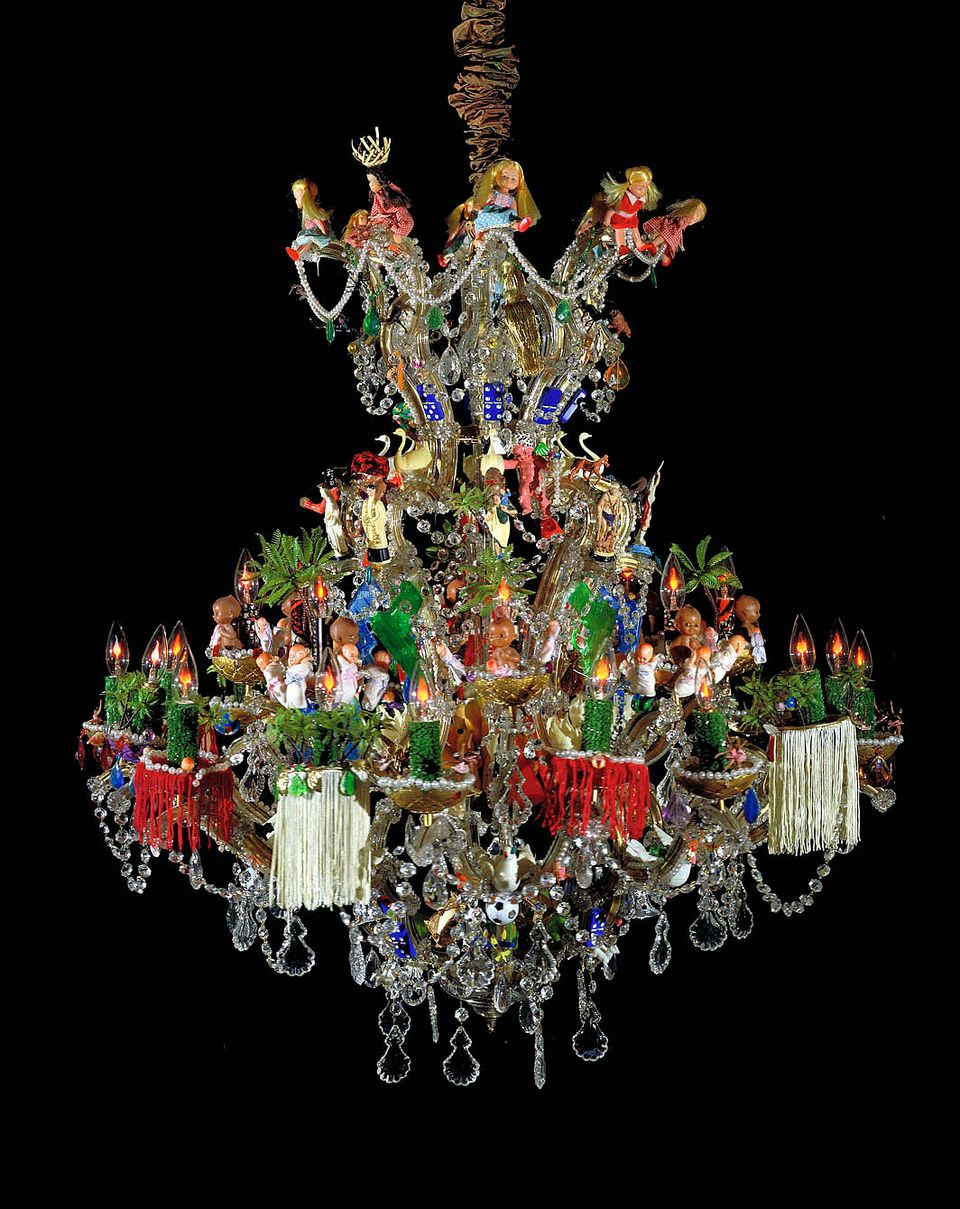
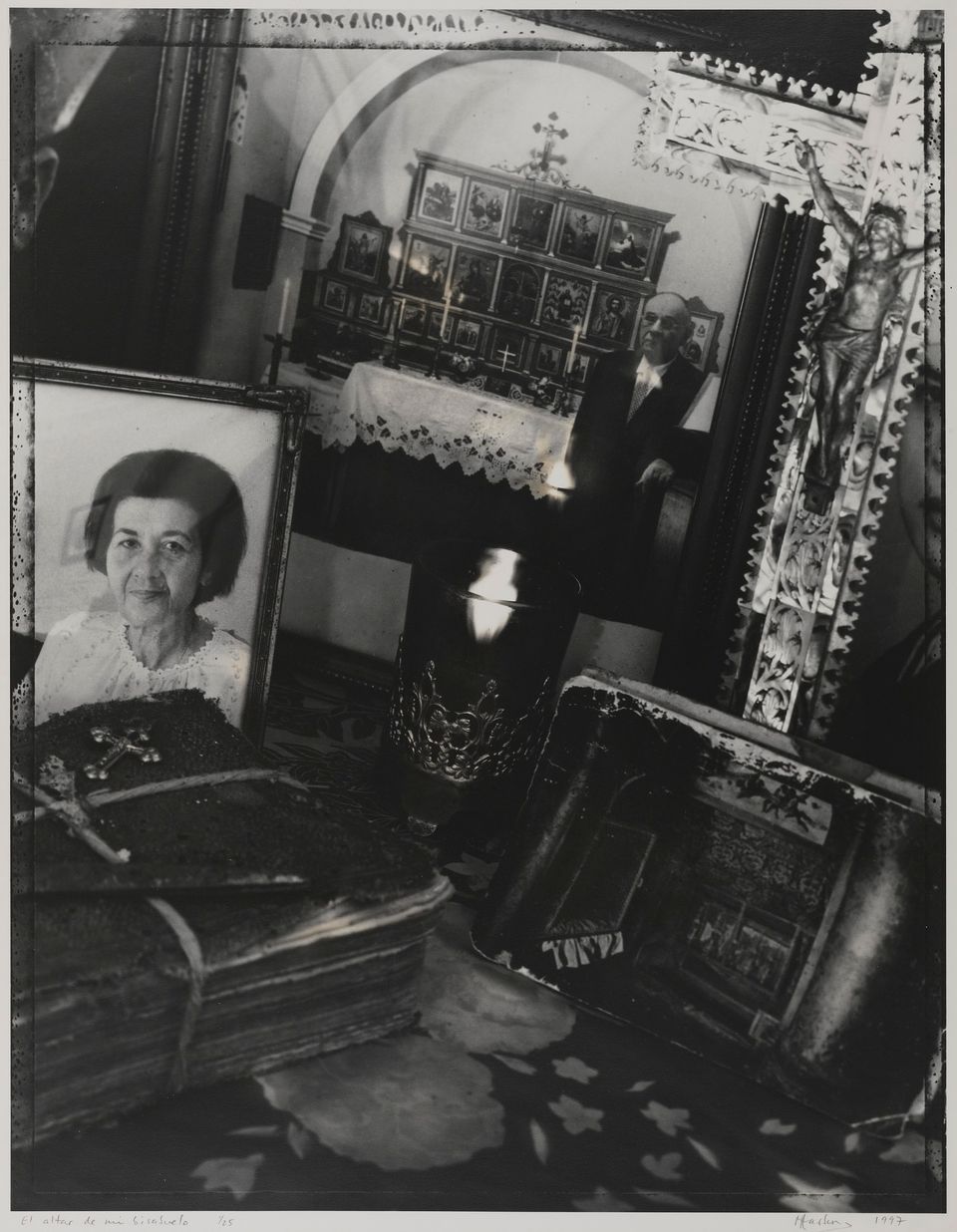

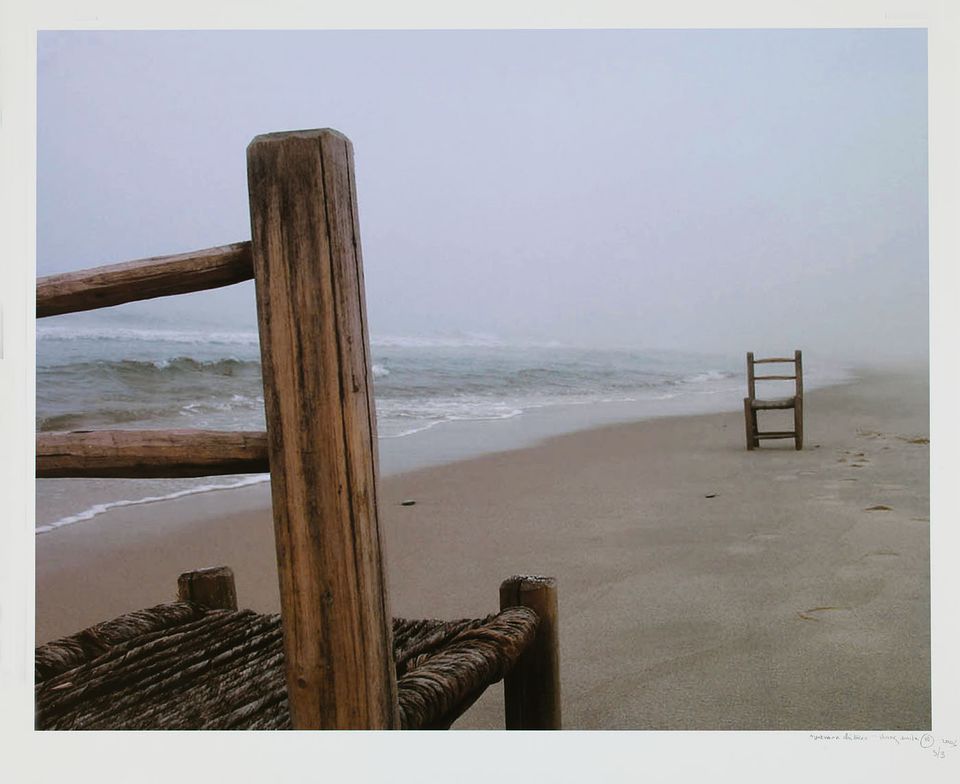


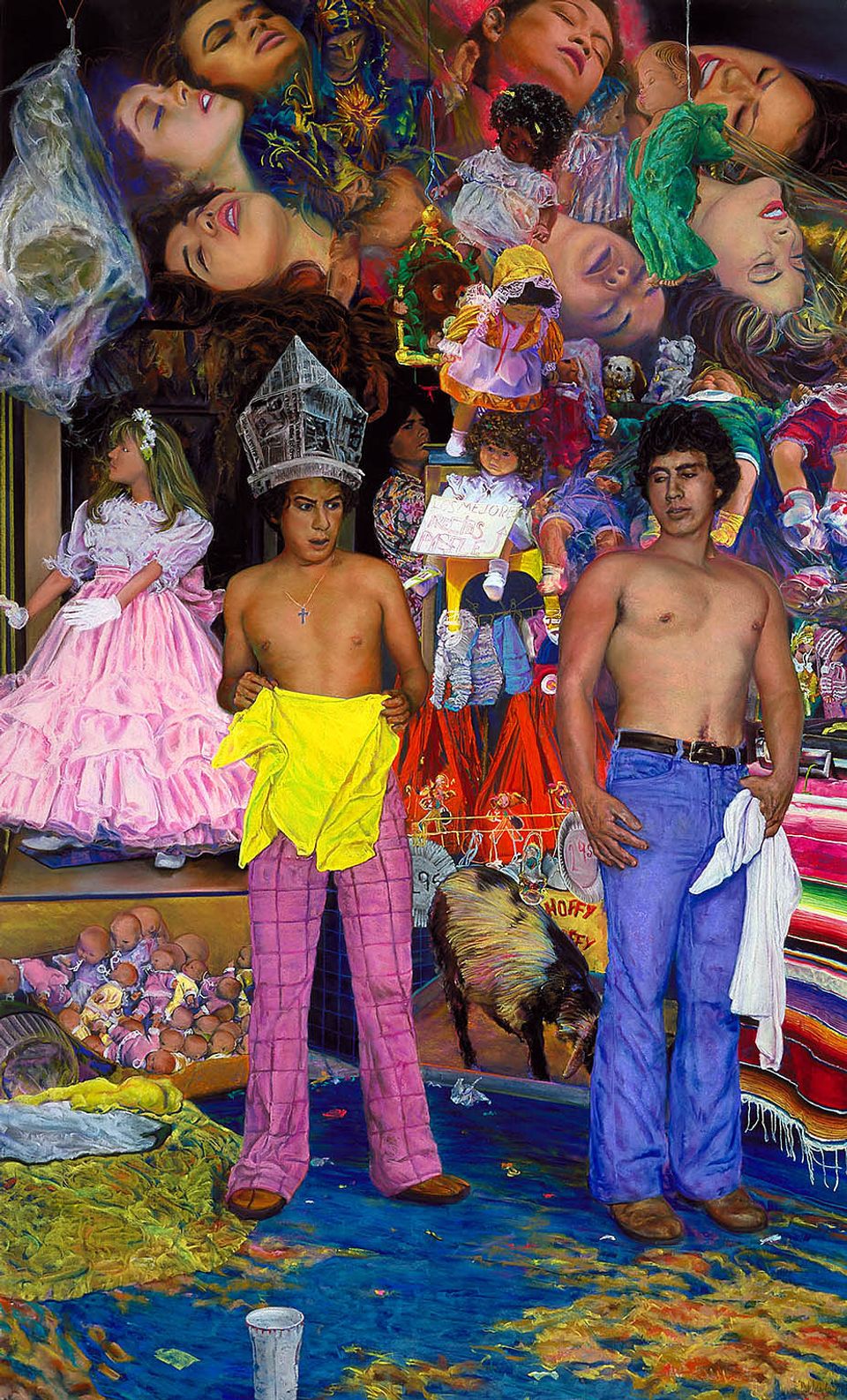
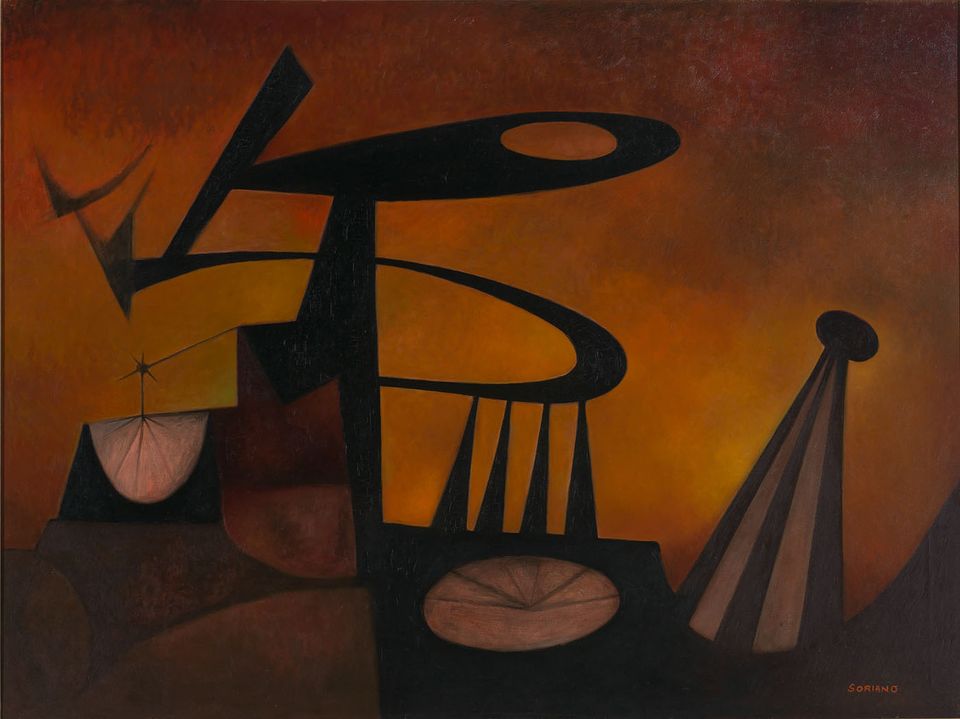

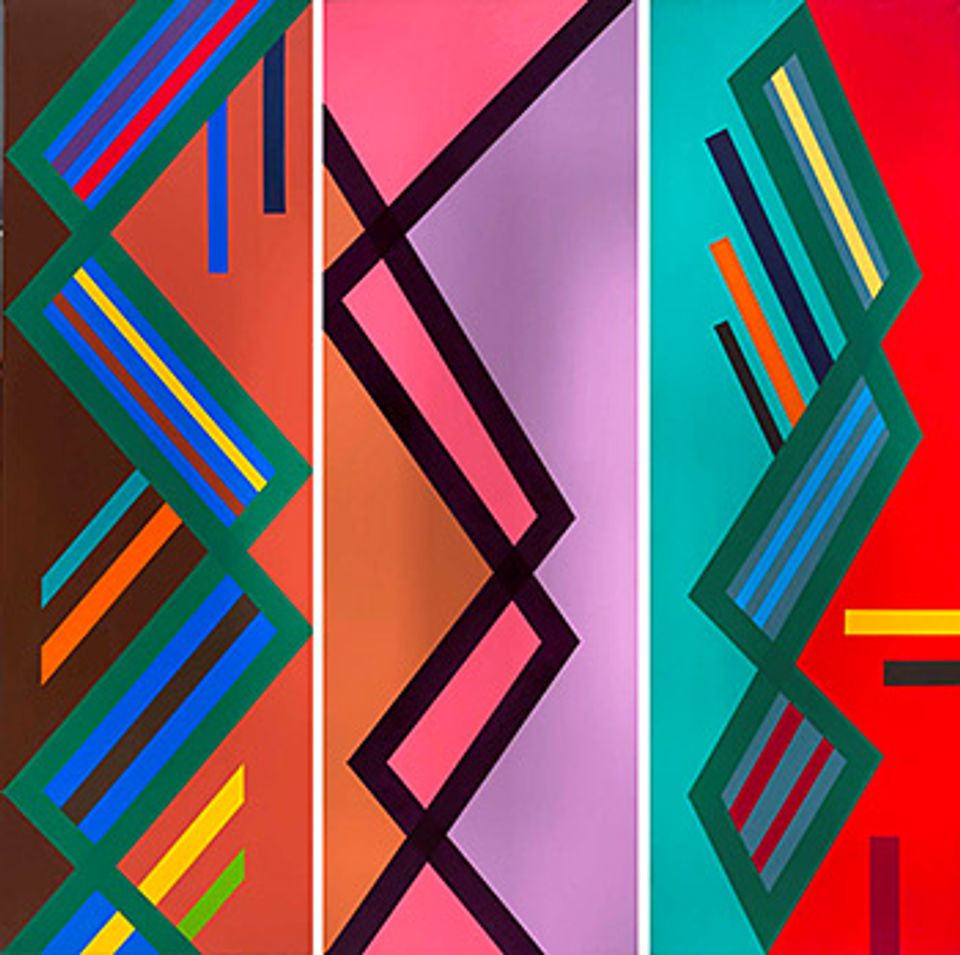
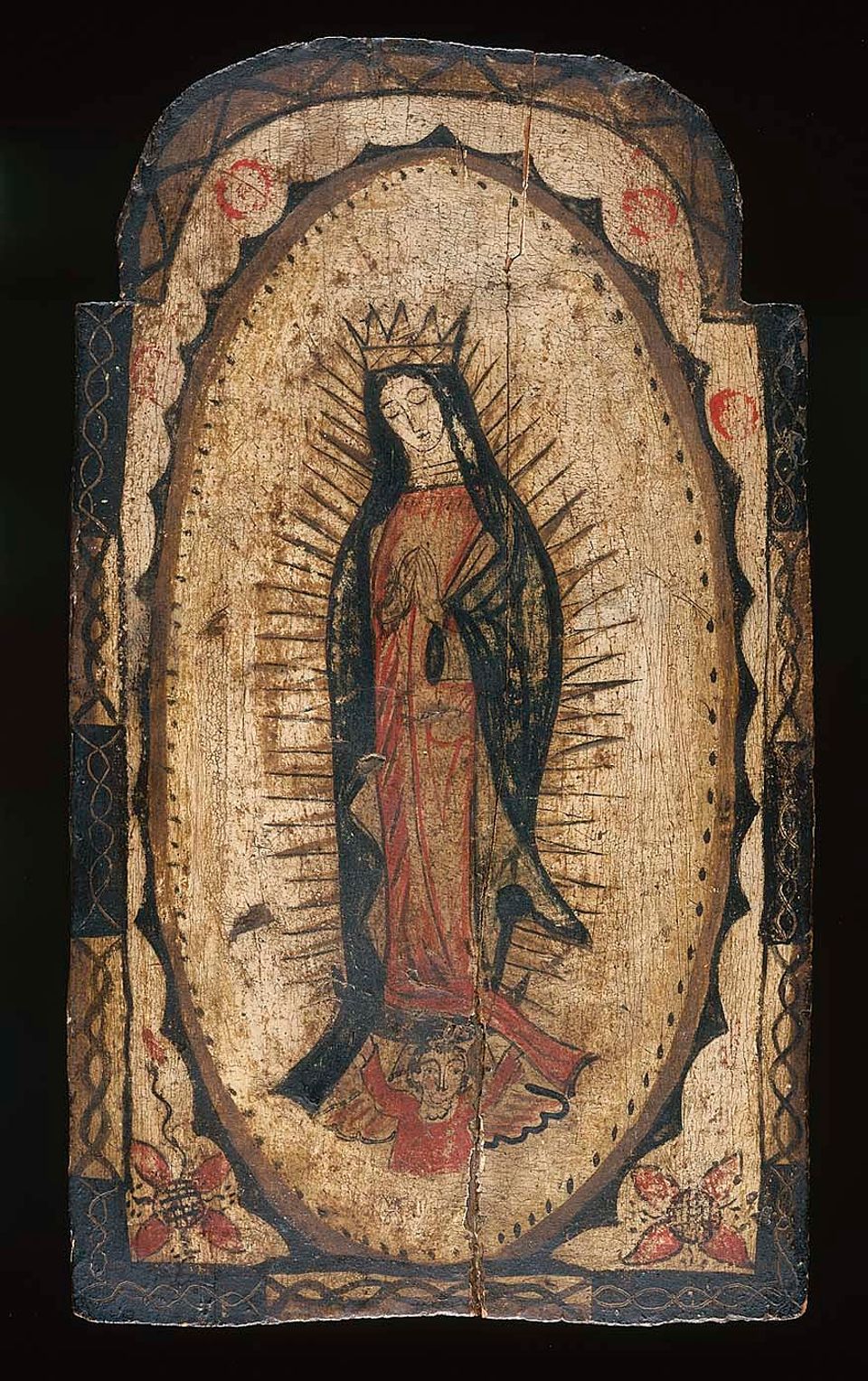


Podcast
Listen to “Our America: The Latino Presence in American Art” on Apple Podcasts.
Online Gallery
Artists
Born in Mexico City, Carlos Amaraz soon moved with his family to the United States, settling eventually in East Los Angeles. Almaraz was aware from an early age of a "bifurcation" in his surroundings.
Painter, born in 1949 in Los Angeles, California. Bojórquez draws his inspiration from his birthplace, where he grew up and still makes his home.
Painter and installation artist, born in 1948 in Havana, Cuba. Brito came to the United States in 1960. She holds B.E. and M.F.A. degrees from the University of Miami and B.F.A. and M.S. degrees from Florida International University in Miami.
Born in Mexico City, Enrique Chagoya was partly raised by an Indian nurse who helped him to respect the indigenous people of his country and their history.
Graphic artist, born in 1923 in Milwaukee, Wisconsin. Cortéz currently lives in Chicago, where he has been active with the Industrial Workers of the World (IWW) since the end of World War II.
Rupert García came from a family active in the creation and instruction of folk arts and traditions. After completing his service in the U.S. Air Force in Indochina, García attended the San Francisco School for the Arts on the G.I. Bill.
Gronk (Glugio Gronk Nicandro) is a Los Angeles-based performance artist and painter. He uses thick layers of intensely colored acrylic paint to create expansive, expressionistic images.
Born in Texas, lives in New Mexico. Sculptor, teacher whose large fiberglass figures capture the color and vigor of Hispanic-American women and men.
Charles Sullivan, ed American Beauties: Women in Art and Literature (New York: Henry N.
Painter and printmaker. While attending Texas Arts and Industry University (Texas A&I) in Kingsville, Lomas Garza joined the Chicano movement. In addition to earning a B.S.
When María Martínez-Cañas was three months old, her family emigrated from Cuba to Puerto Rico in the wake of Castro's political revolution.
Painter and sculptor, born in 1947 in Denver, Colorado. Martínez attended Metropolitan State College and Juarez Lincoln University in Denver.
Sculptor, performance and conceptual artist, born in Havana, Cuba. Mendieta came to the United States in 1961 and spent her adolescence in Iowa. The trauma of dislocation from her family and homeland is a recurrent theme in her work.
Delilah Montoya graduated from Metropolitan Technical College in Omaha in 1978 and went on to study photography at the University of New Mexico in Albuquerque, where she received her BA in 1984, her MA in 1990, and her MFA in 1994.
Abelardo Morell was born in Havana. As a child he felt a sense of alienation and isolation in Cuba, feelings that remained when he moved as a teenager with his family to New York City.
Born in 1950 in Corpus Christi, Texas. Moroles grew up in Dallas and graduated with a B.F.A. from North Texas State University in 1978.
Sculptor and installation artist, born in 1955 in San Juan, Puerto Rico. In 1975, Osorio moved to the South Bronx in New York City, where he enrolled at Lehman College and earned a degree in sociology.
Photographer who captures people in the context of their culture and locale.
Frank Romero grew up in the culturally mixed, middle-class Los Angeles community of Boyle Heights and was well into his career by the time he developed a consciousness of being a Latino artist.
Ruben Trejo was born in a boxcar in the Burlington Railroad Yard in Saint Paul, Minnesota. His father worked for the railroad and his mother and siblings worked the fields as migrant laborers.
Treviño's family moved from Mexico to San Antonio, Texas, in 1948. Treviño earned an A.A. from San Antonio Junior College, a B.A. in art from Our Lady of the Lake University in San Antonio, and an M.F.A.
Muralist and pastel artist, grew up in the neighborhood of Boyle Heights, Los Angeles.
As an artist growing up in East Los Angeles, Valdez was the only Chicana in the conceptual performance group Asco (Spanish for nausea).
Printmaker, born in 1943 in Richmond, California. Viramontes received a B.F.A. from San Francisco Art Institute and an M.A. from San Francisco State University.














